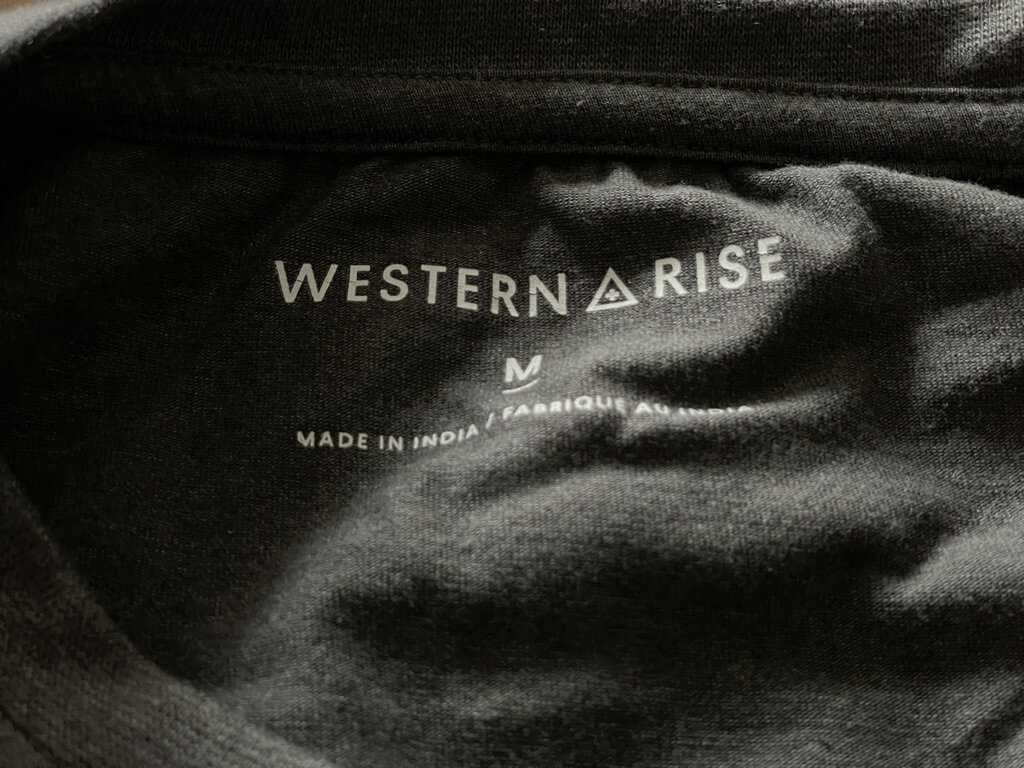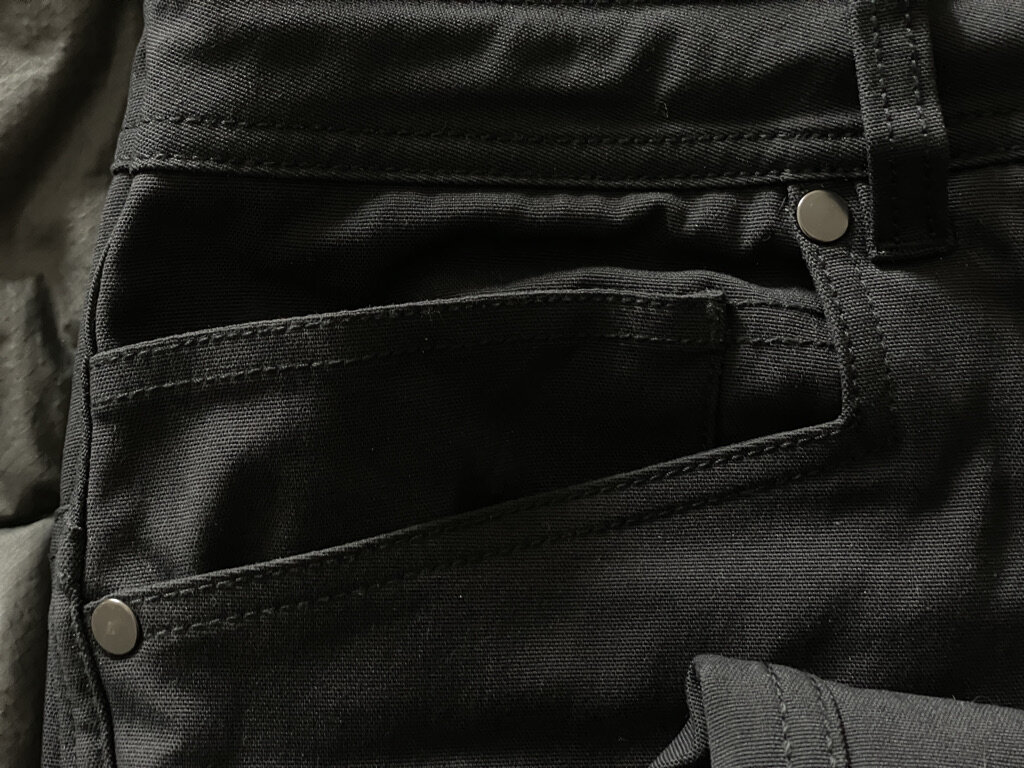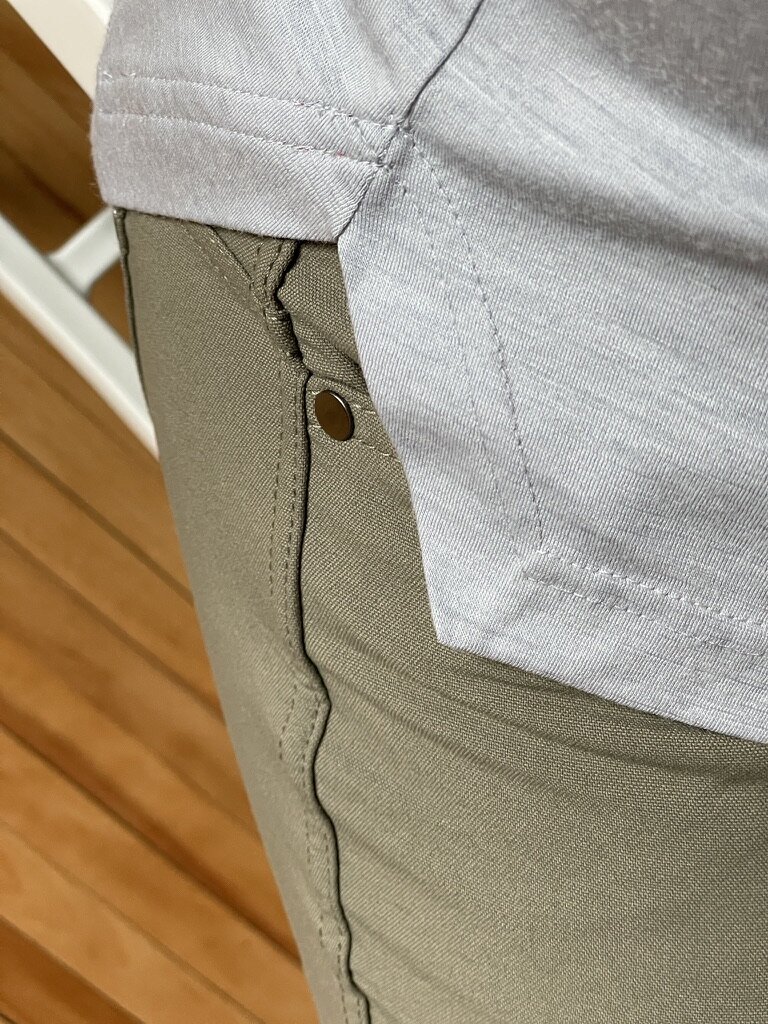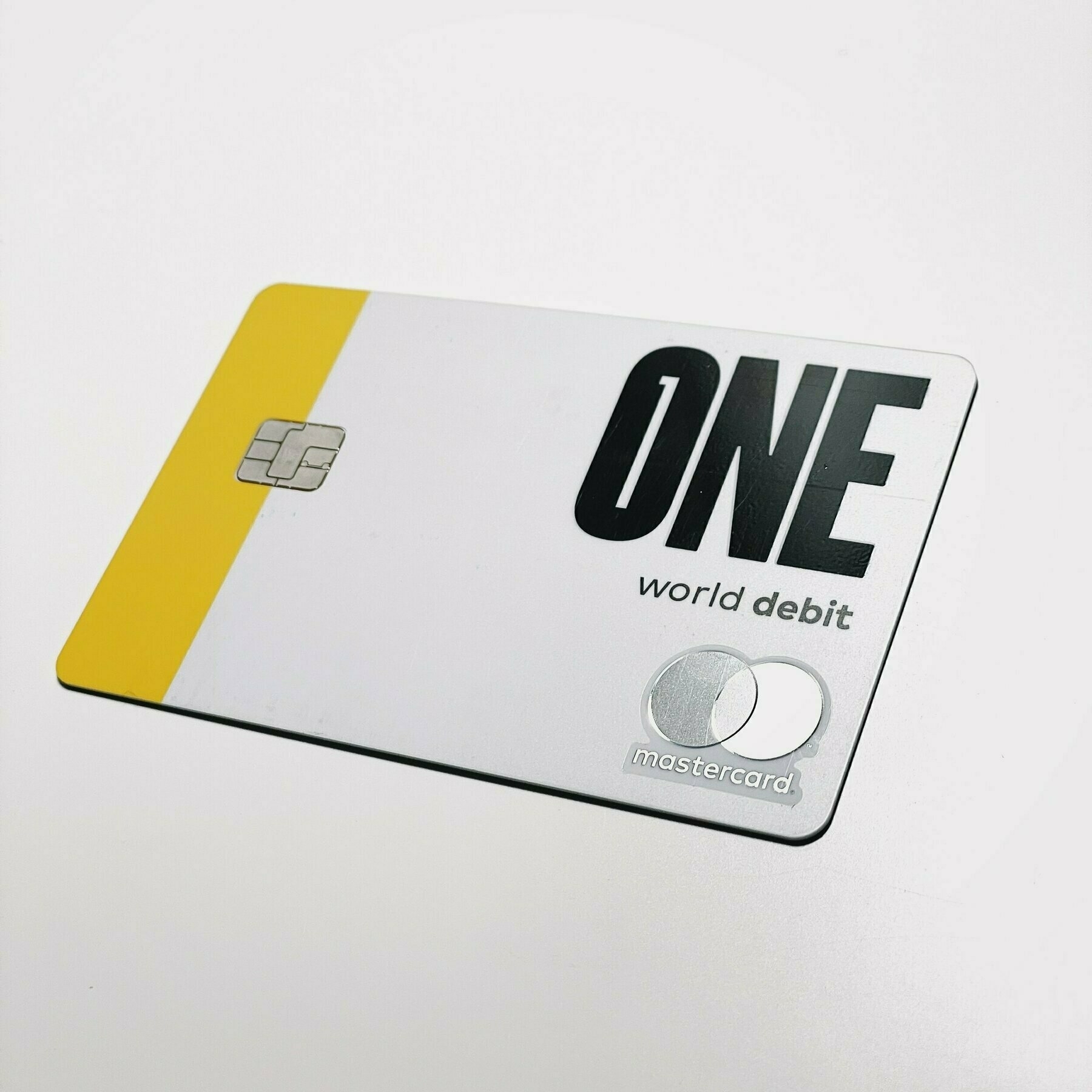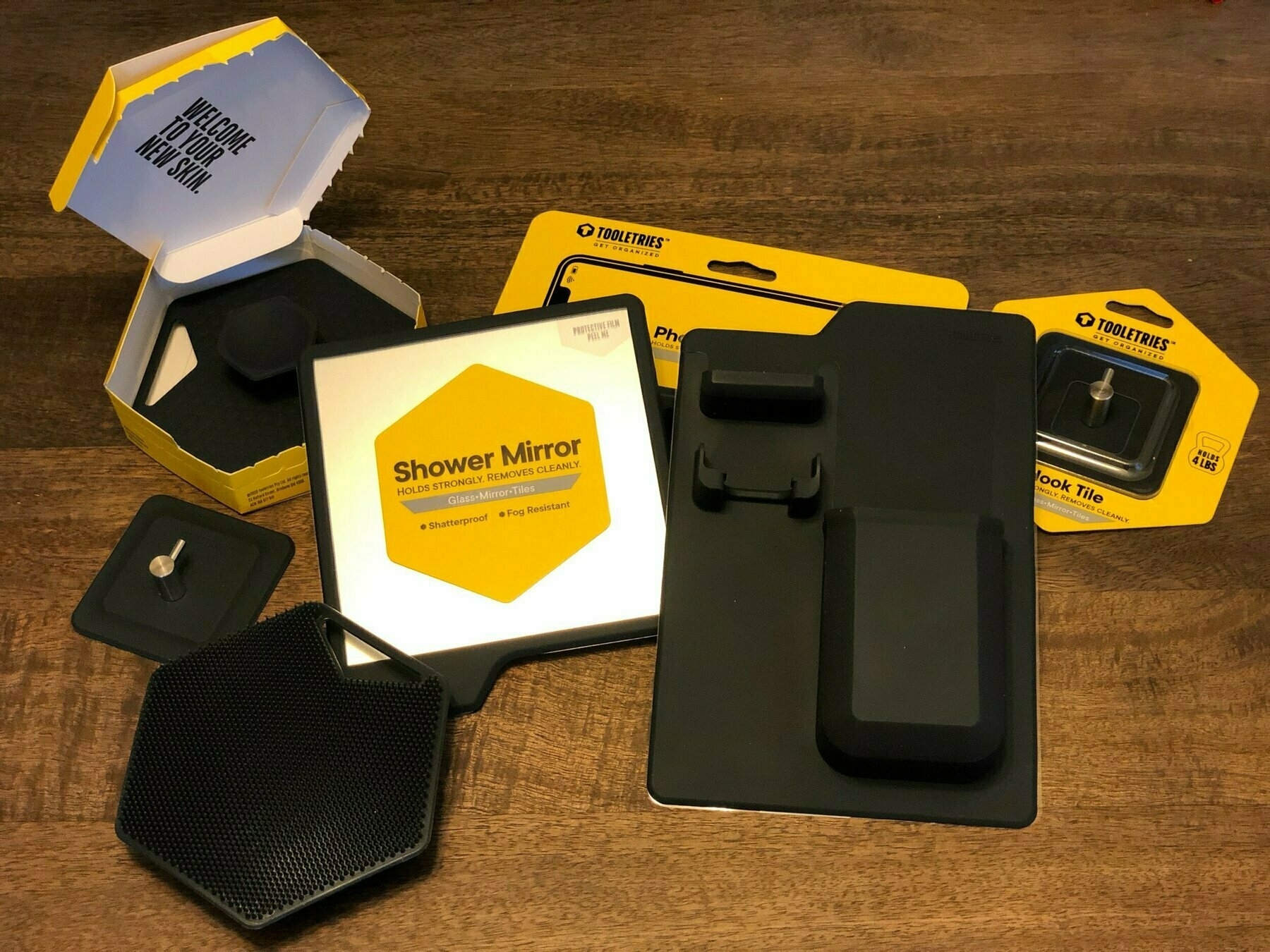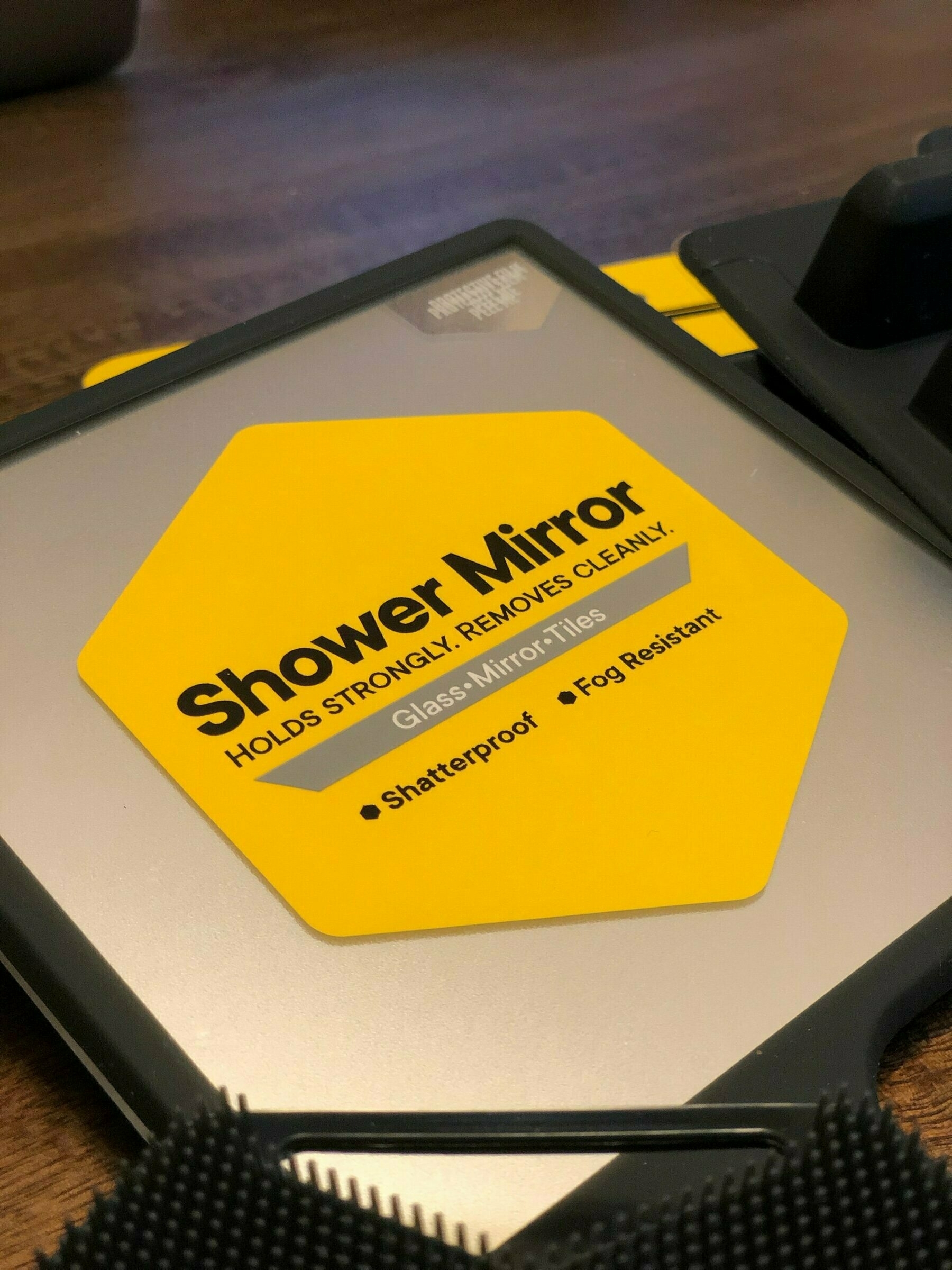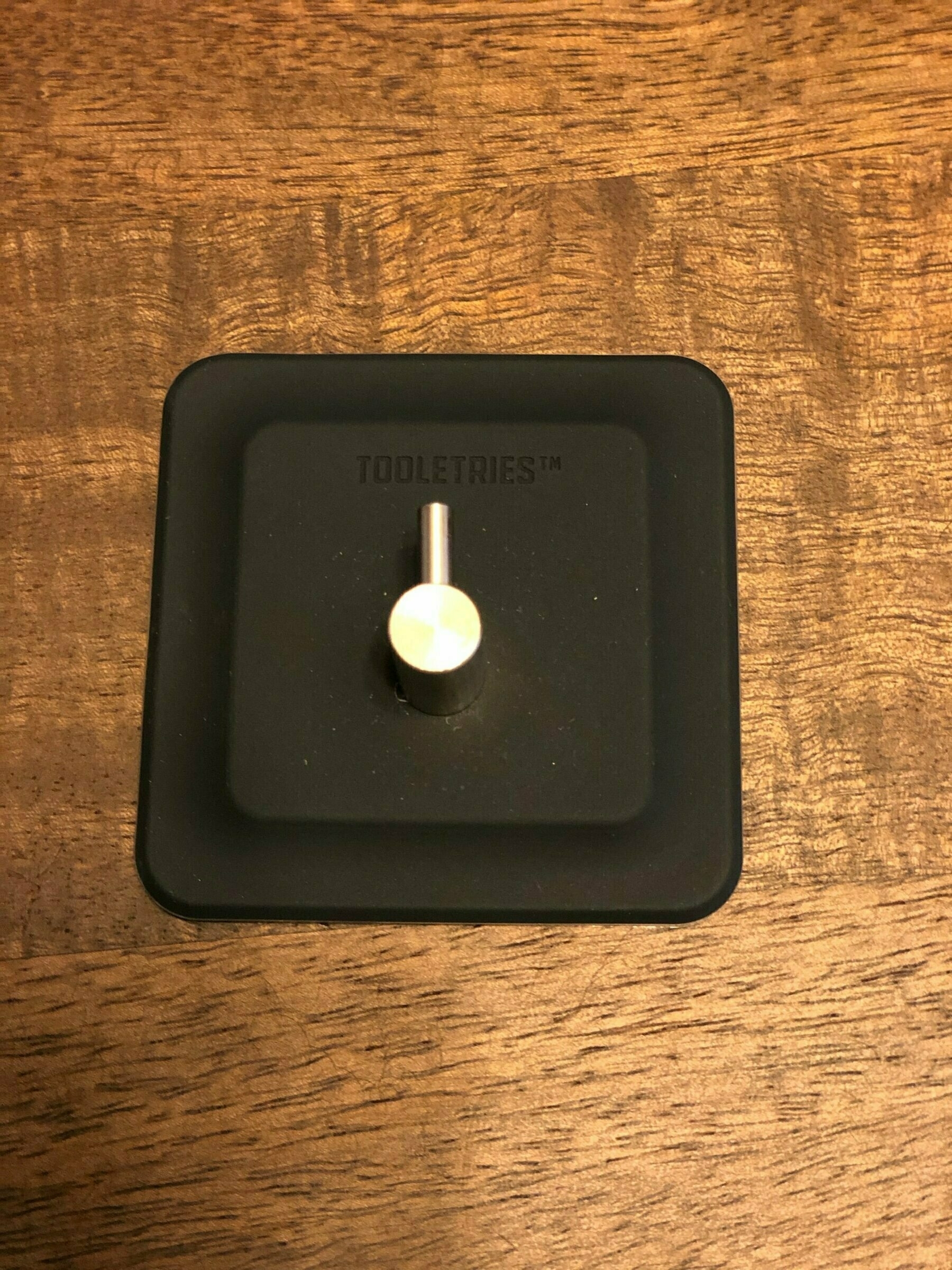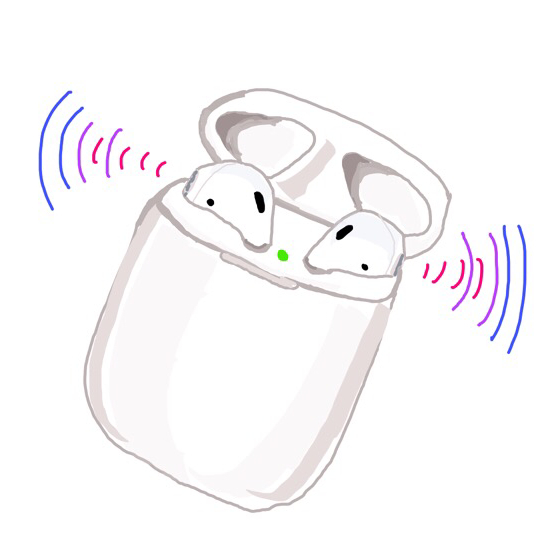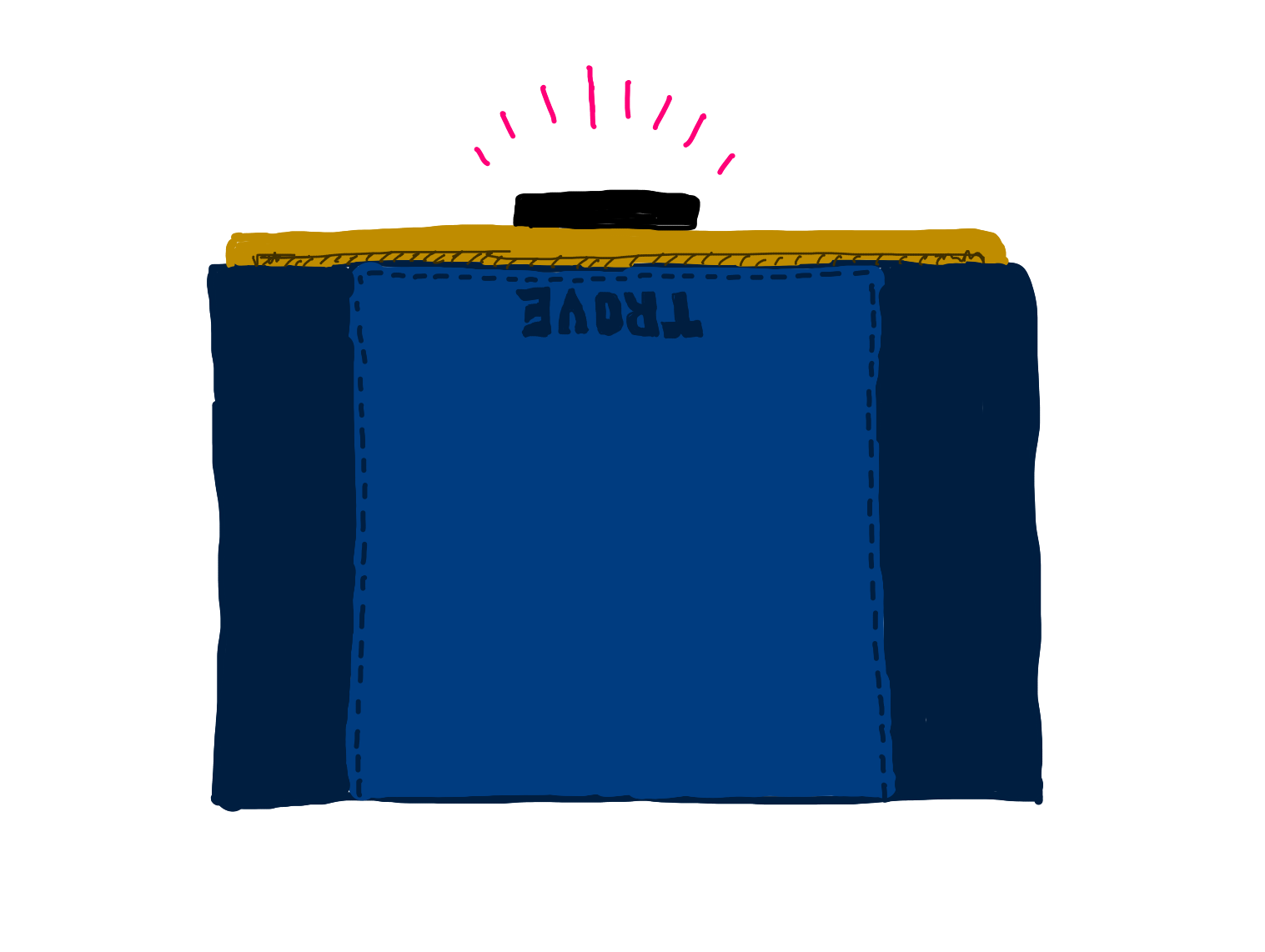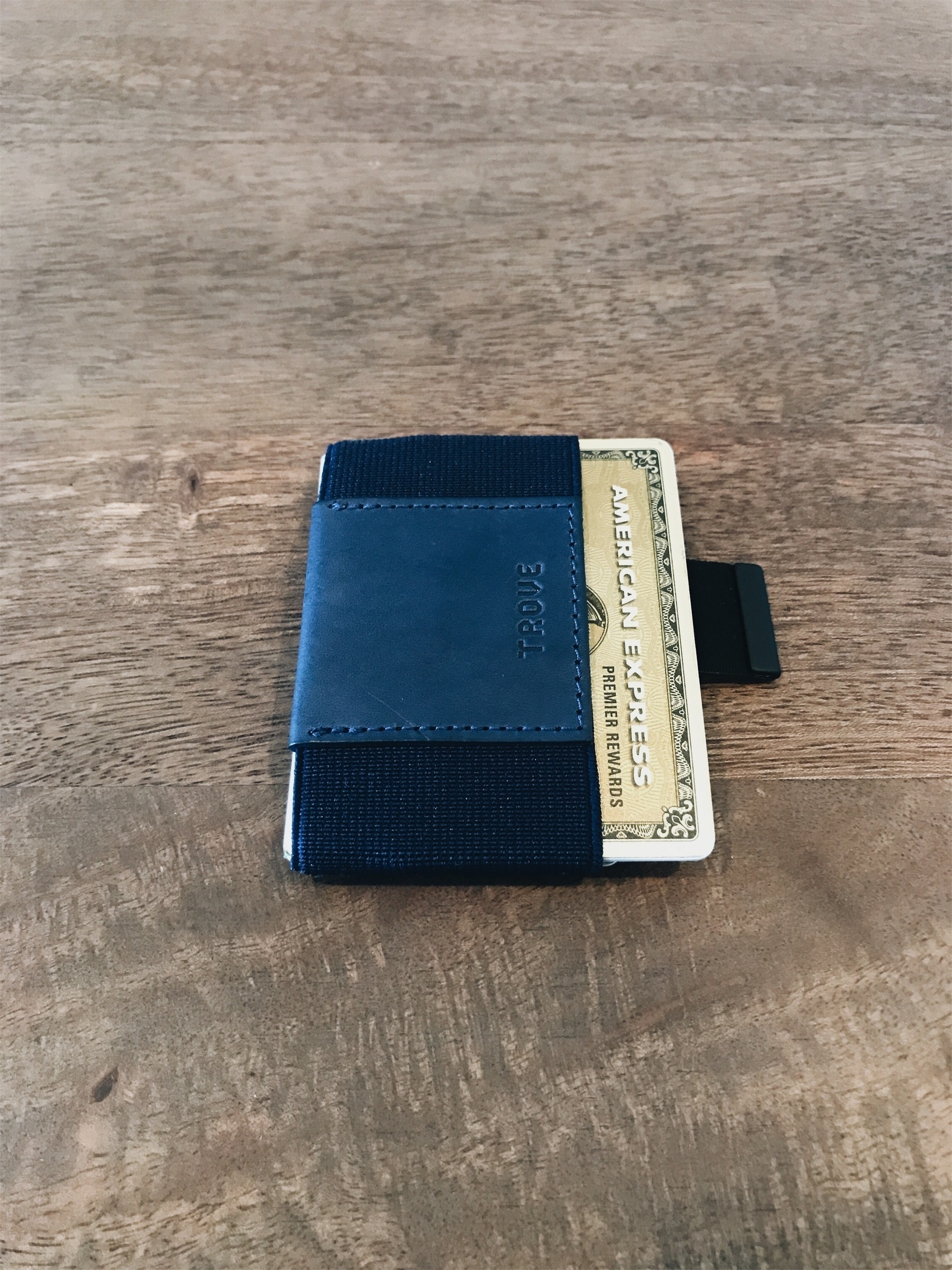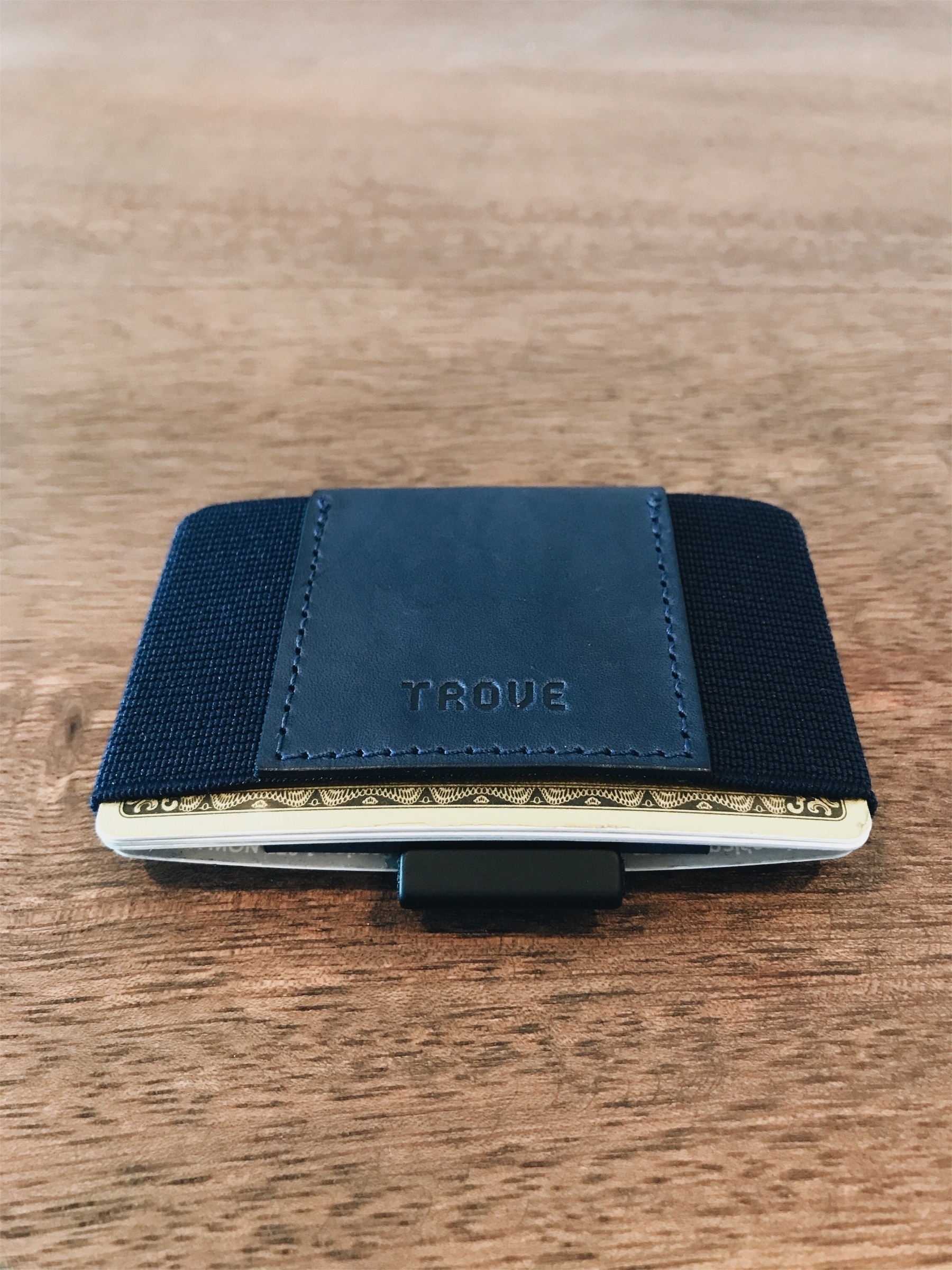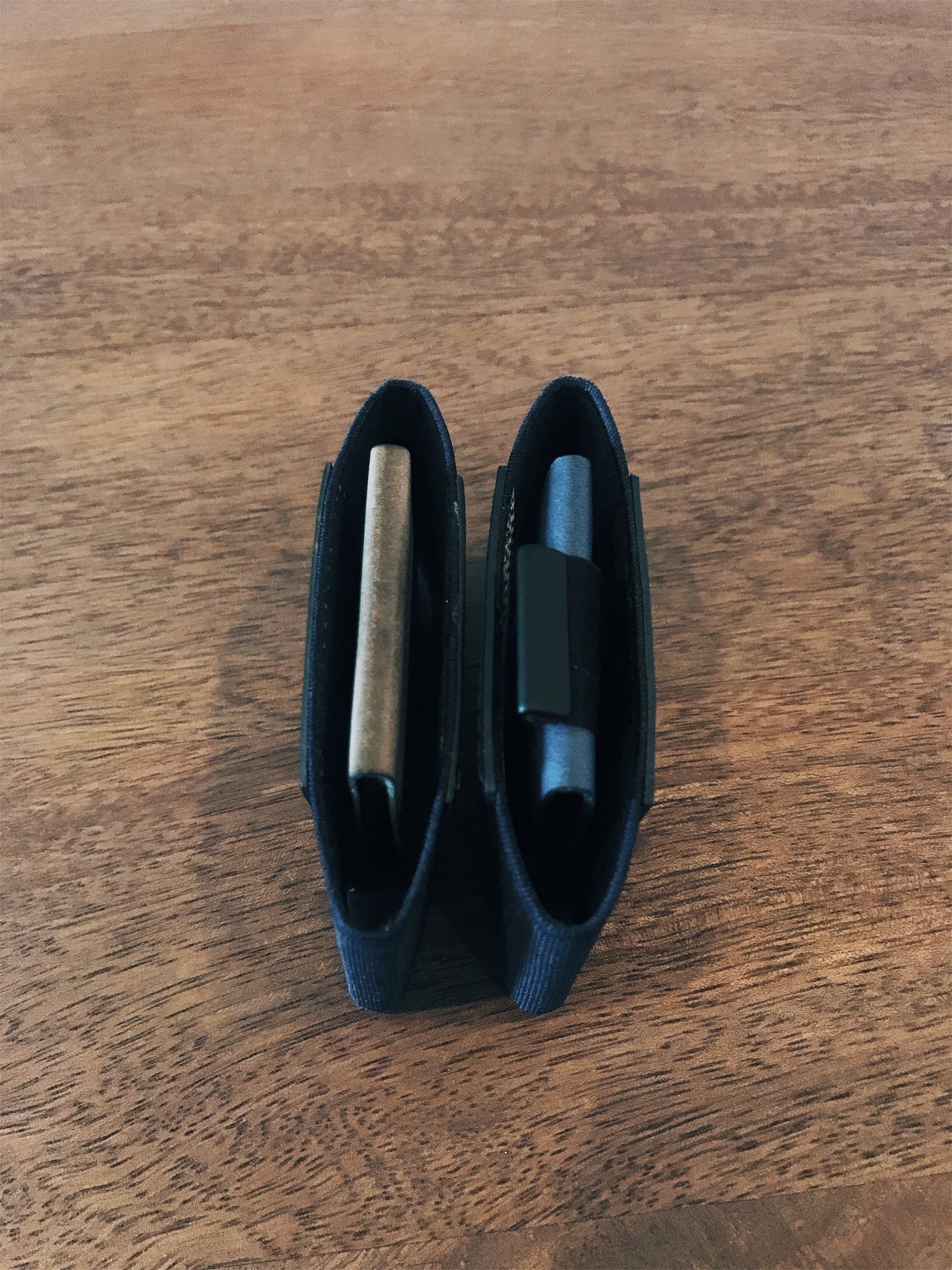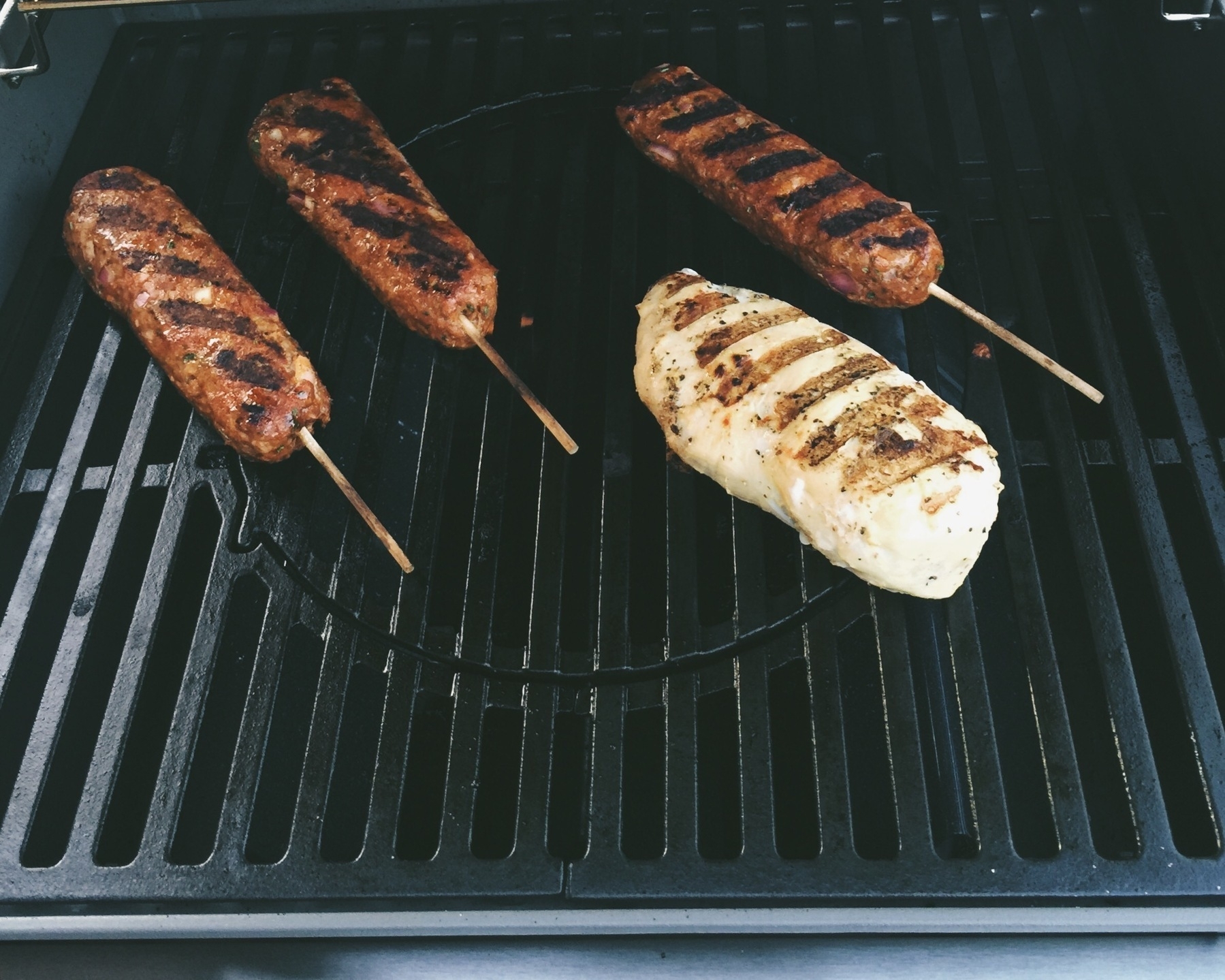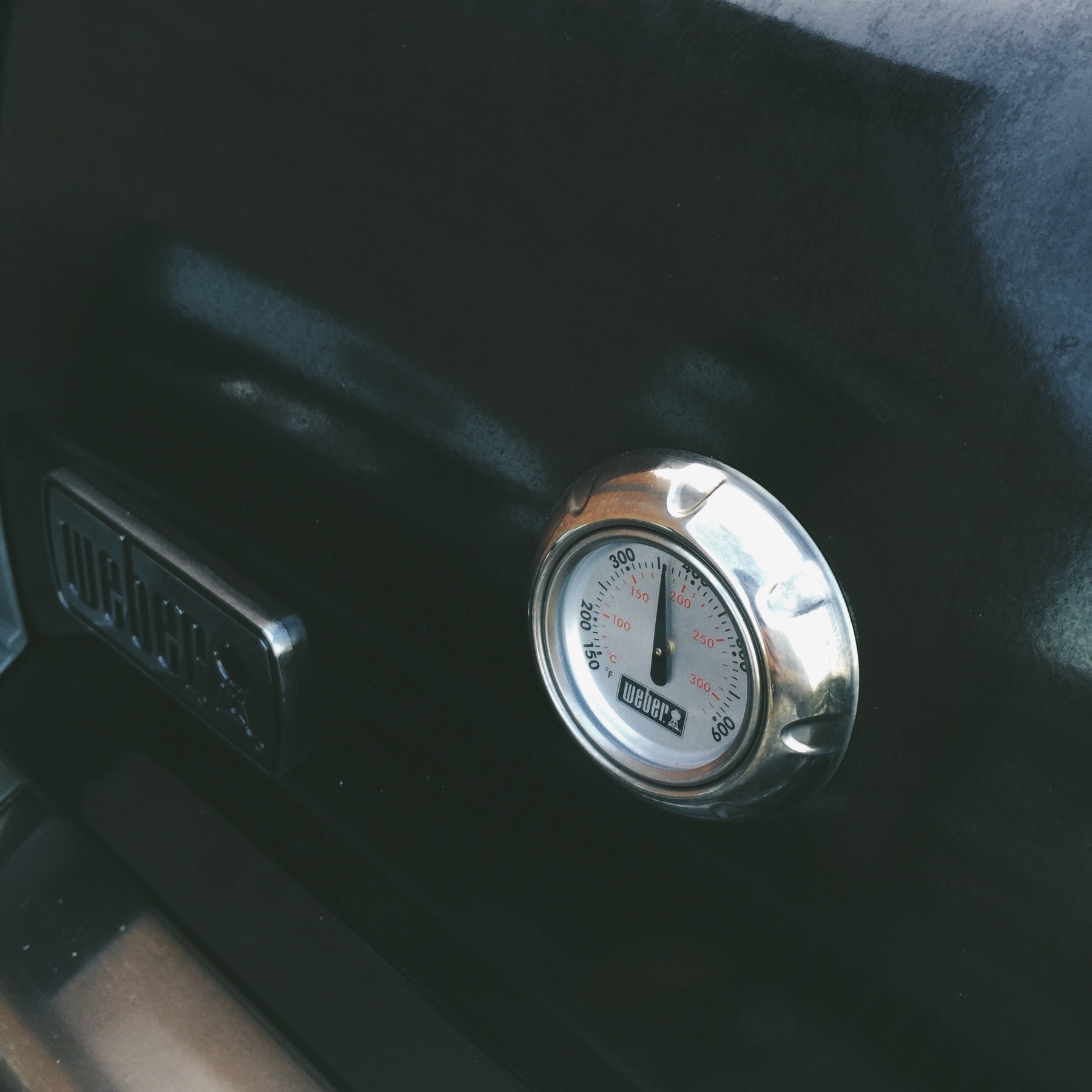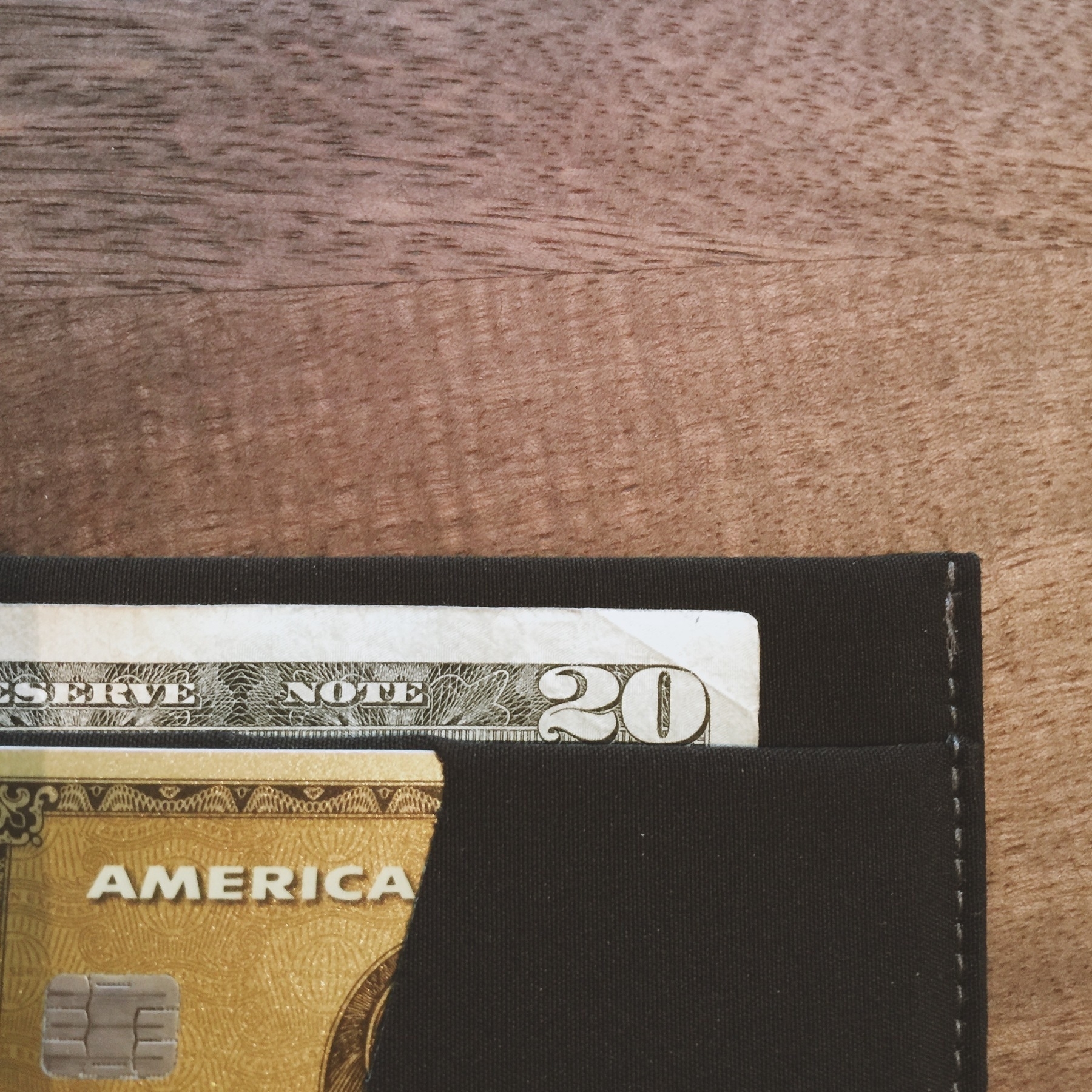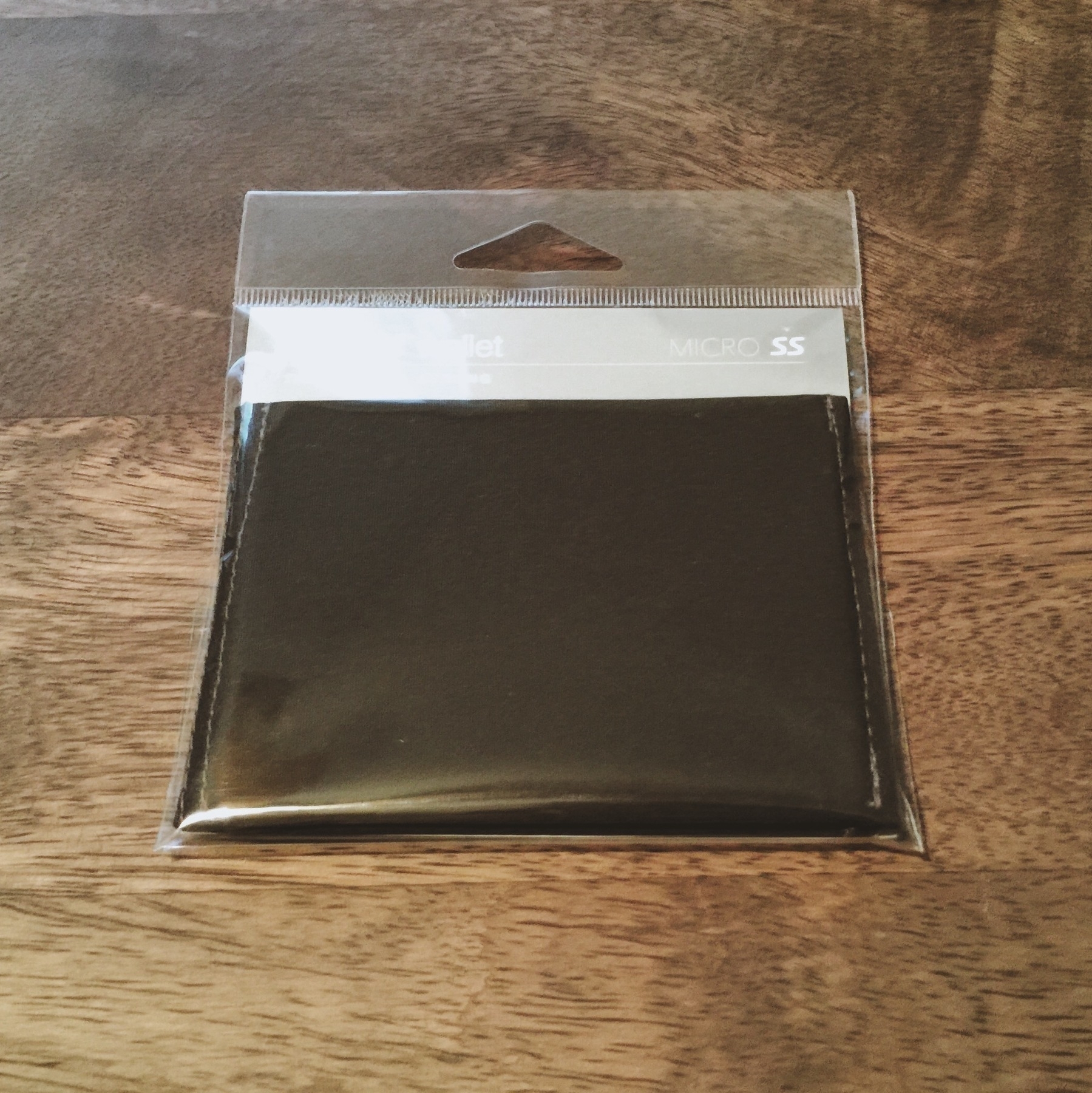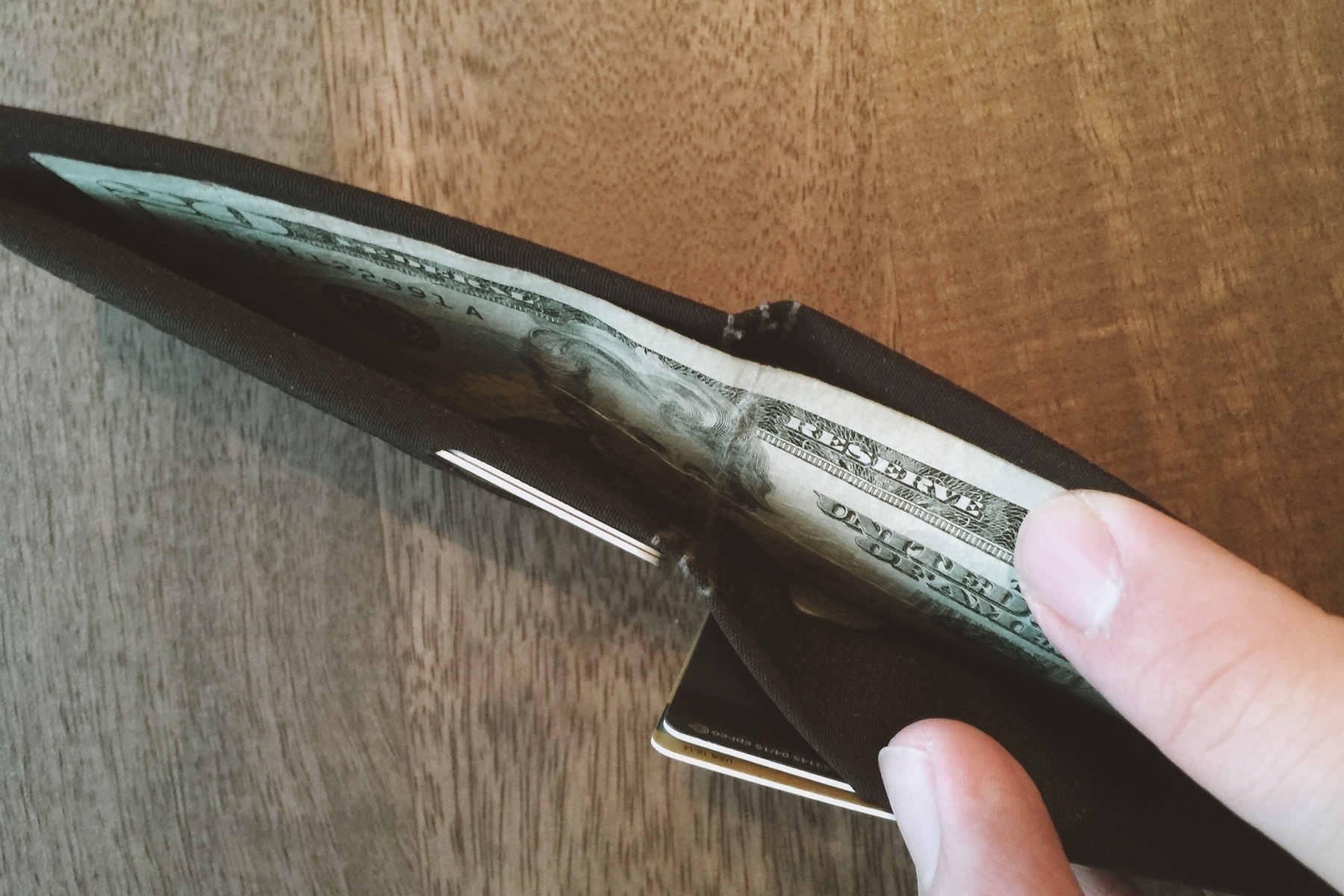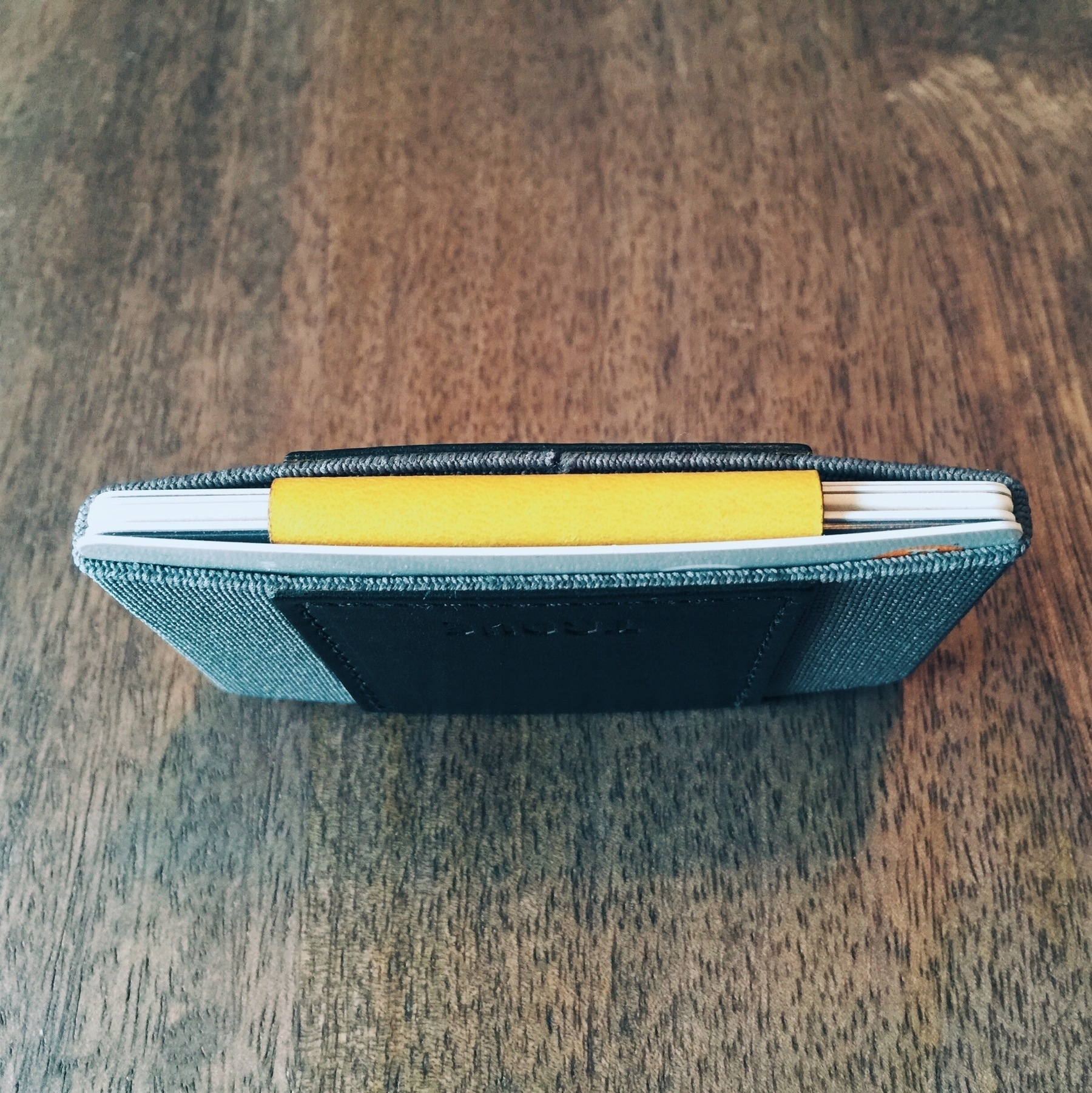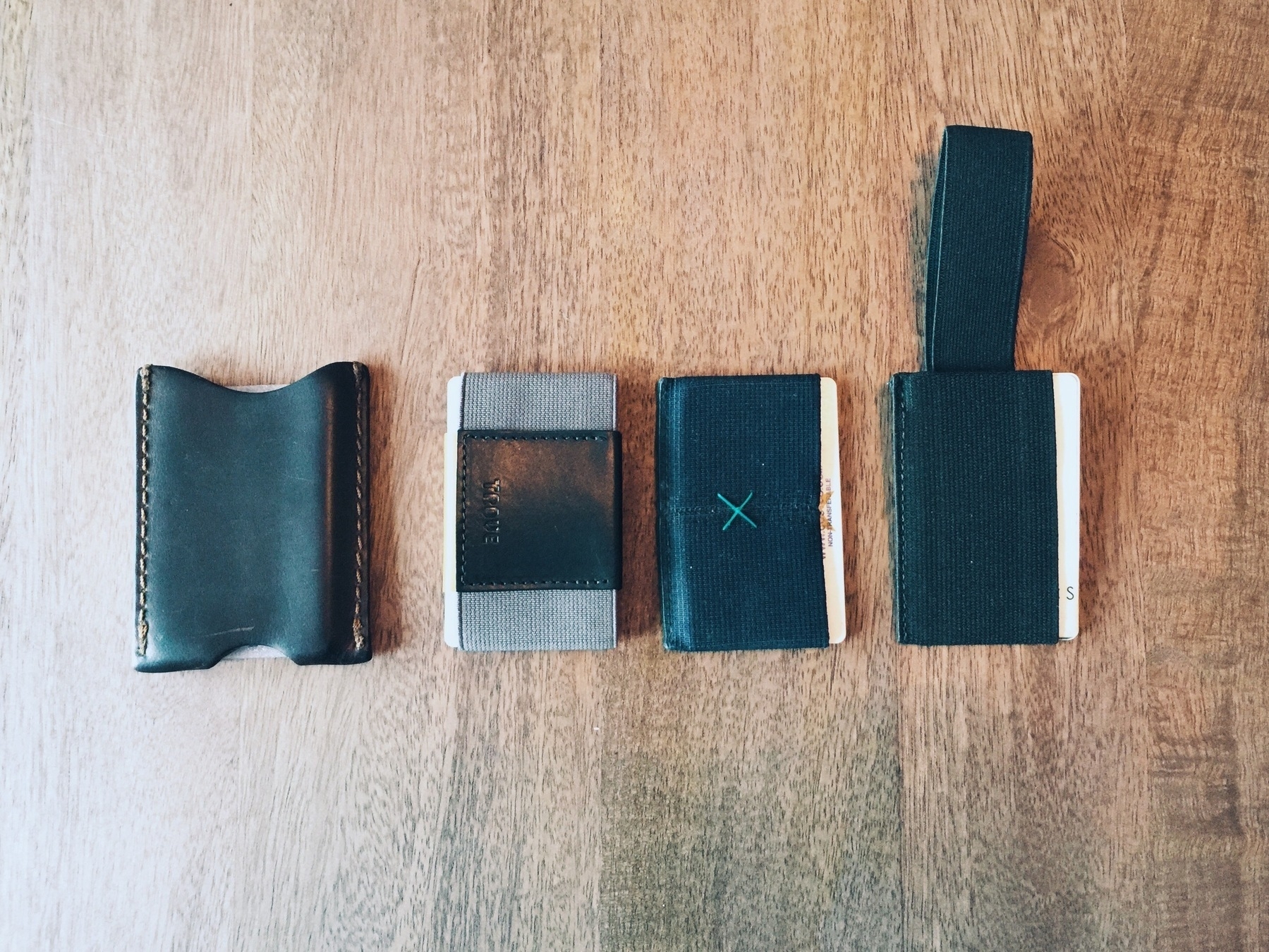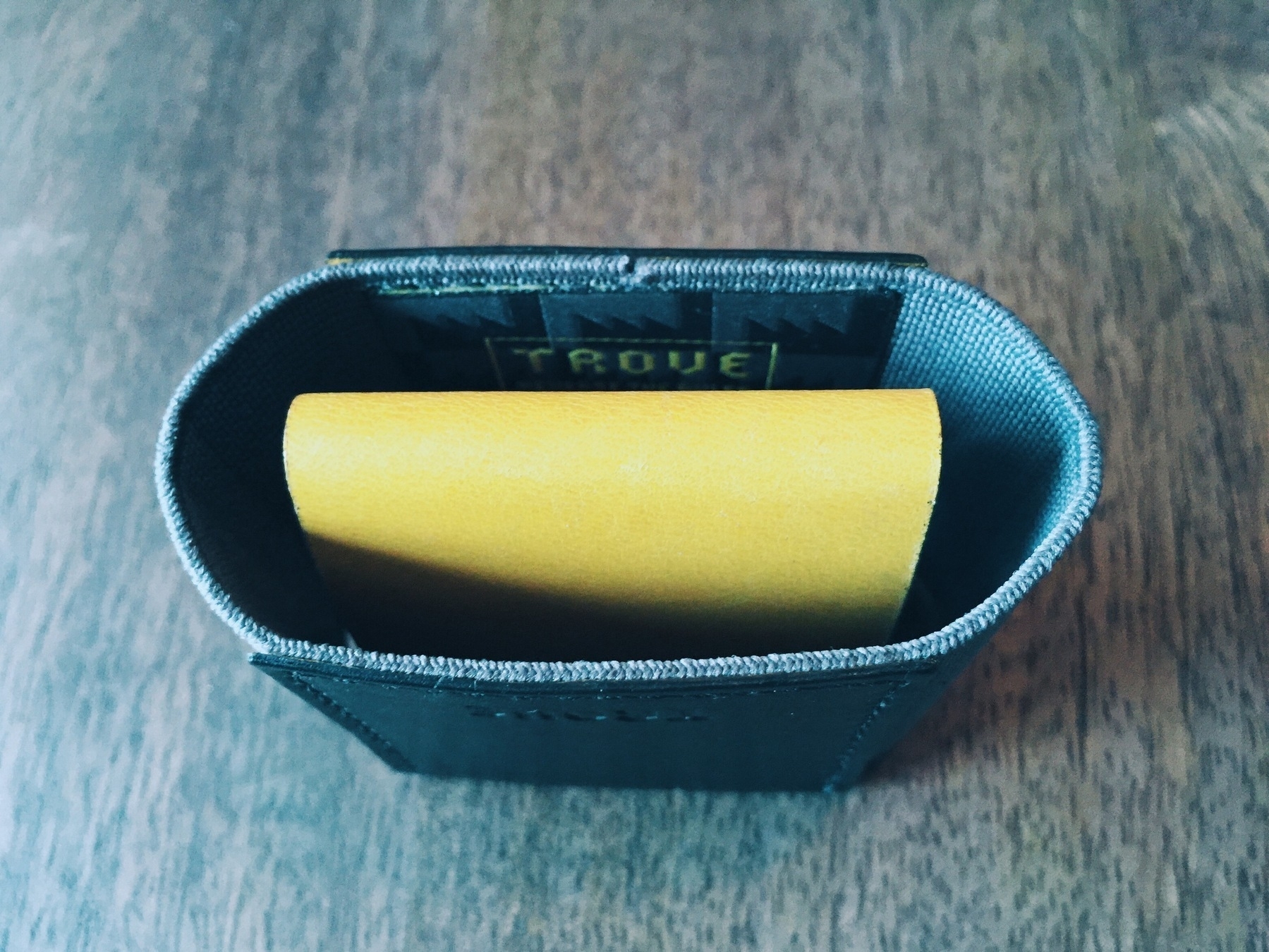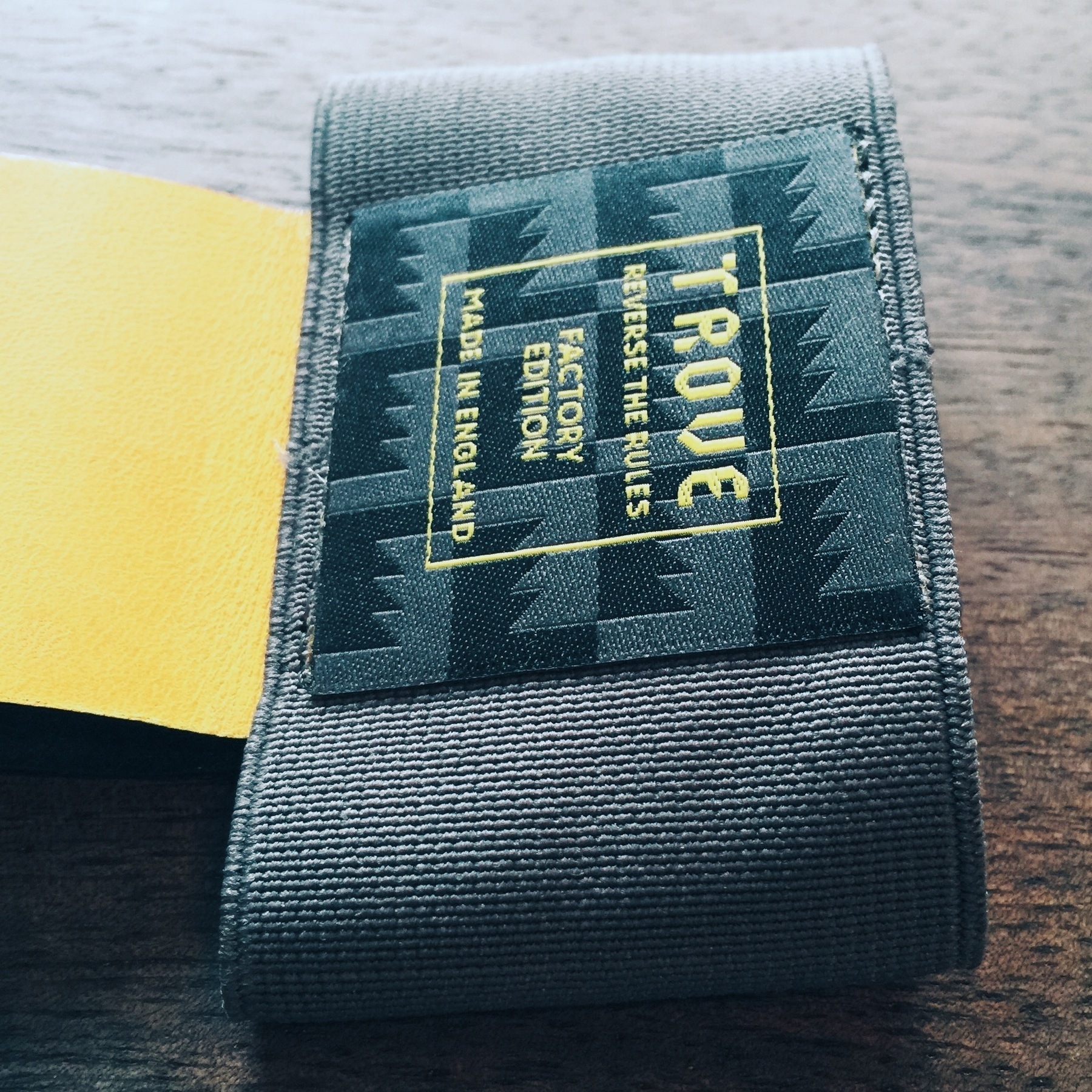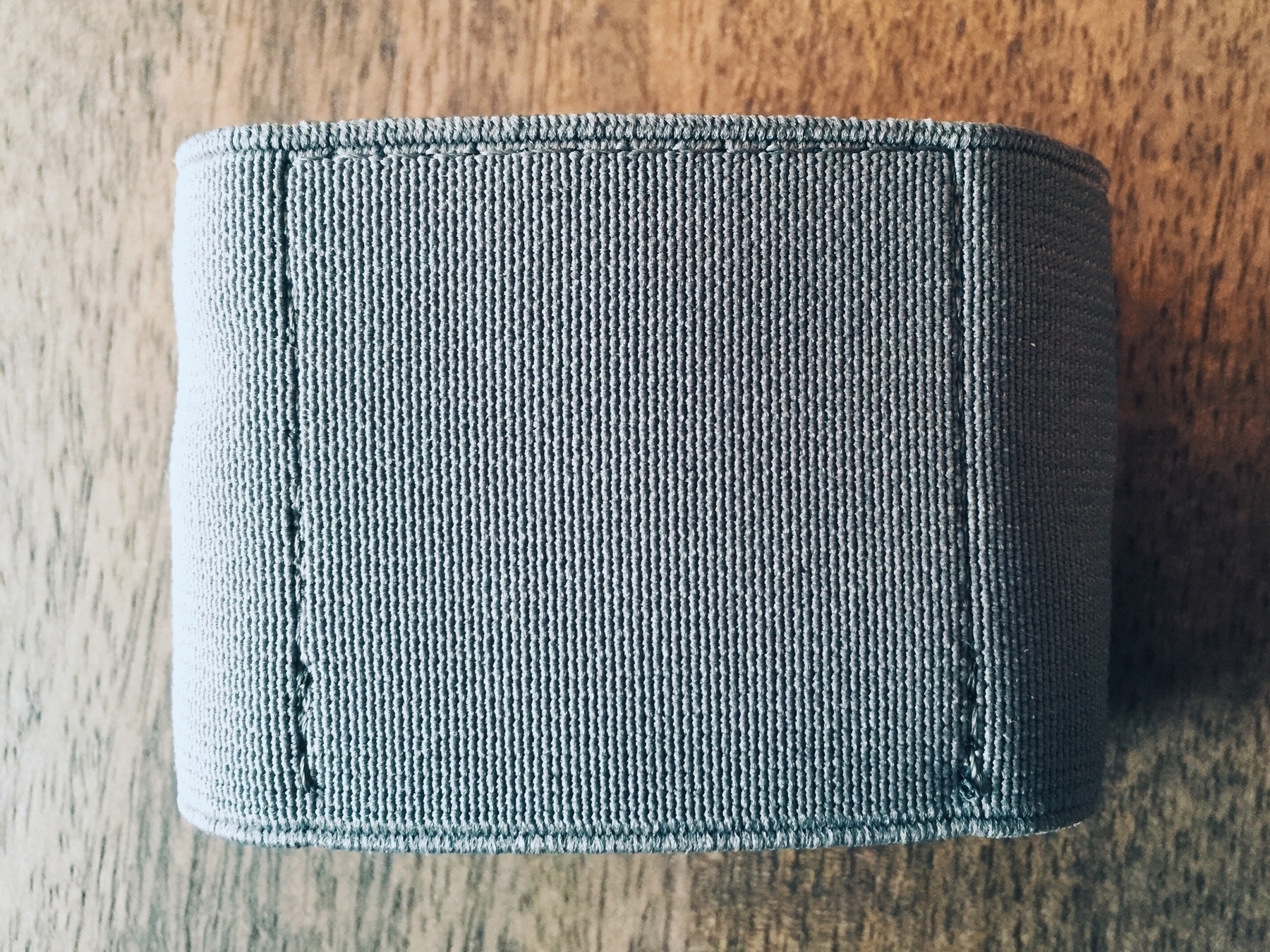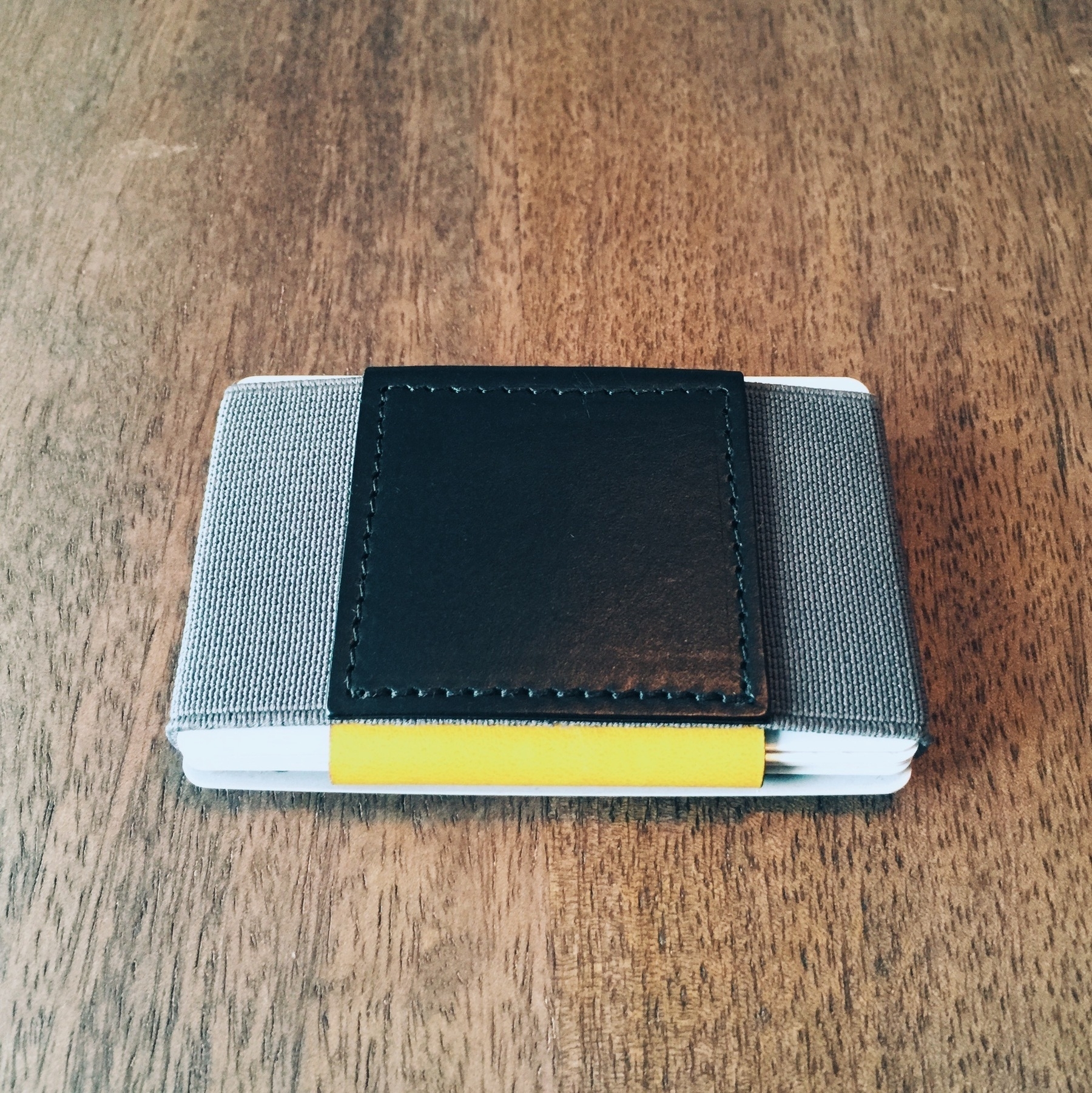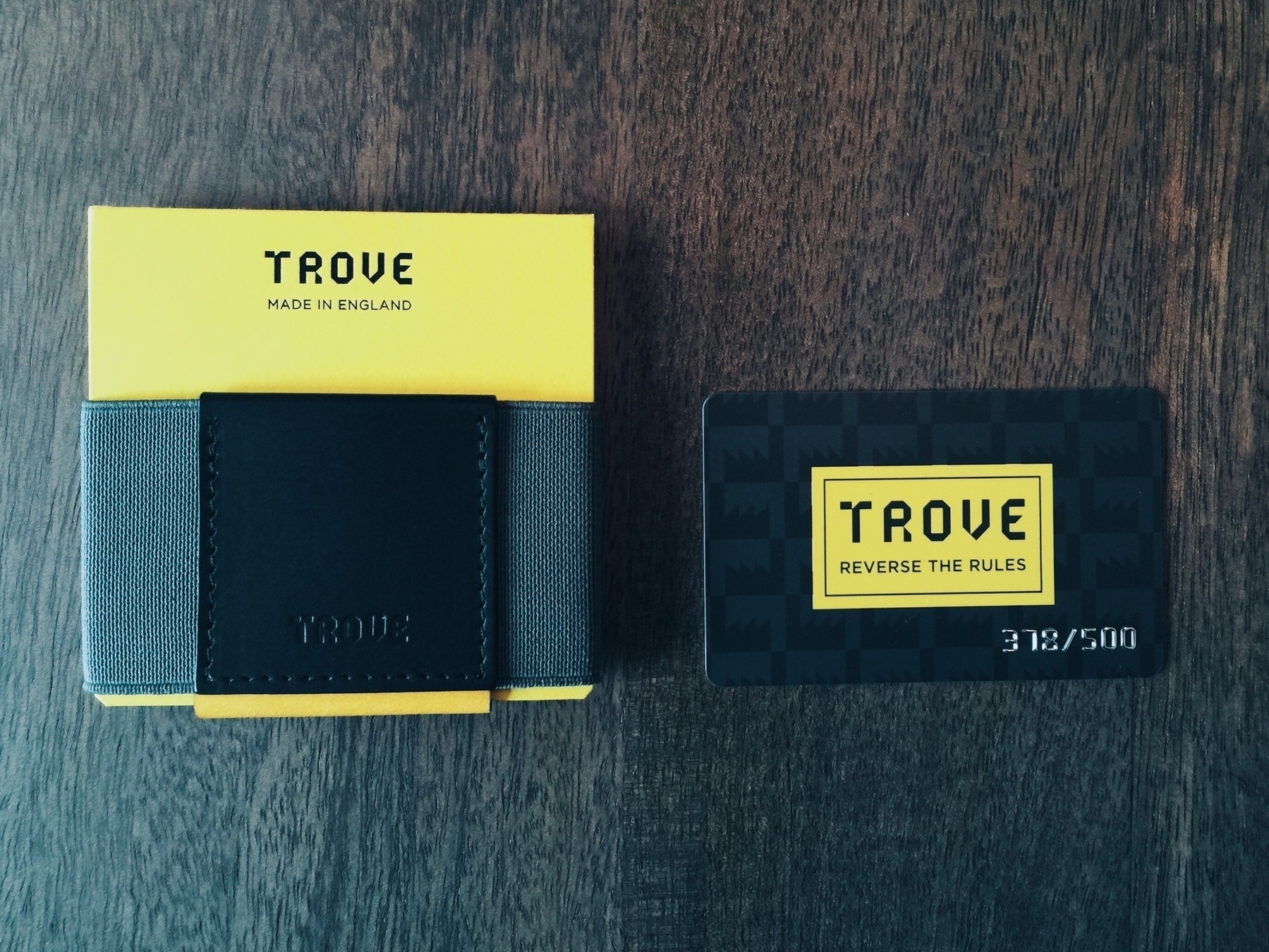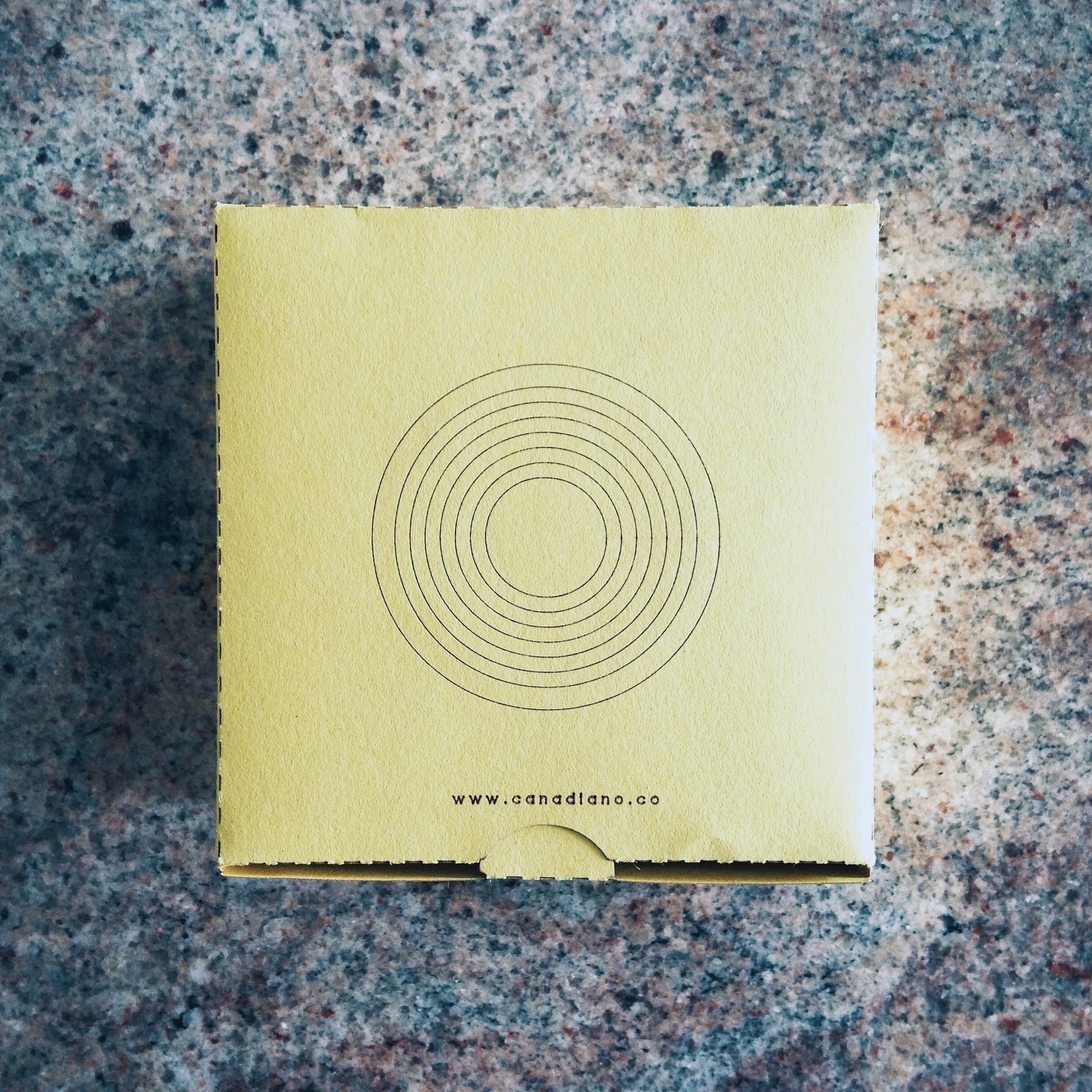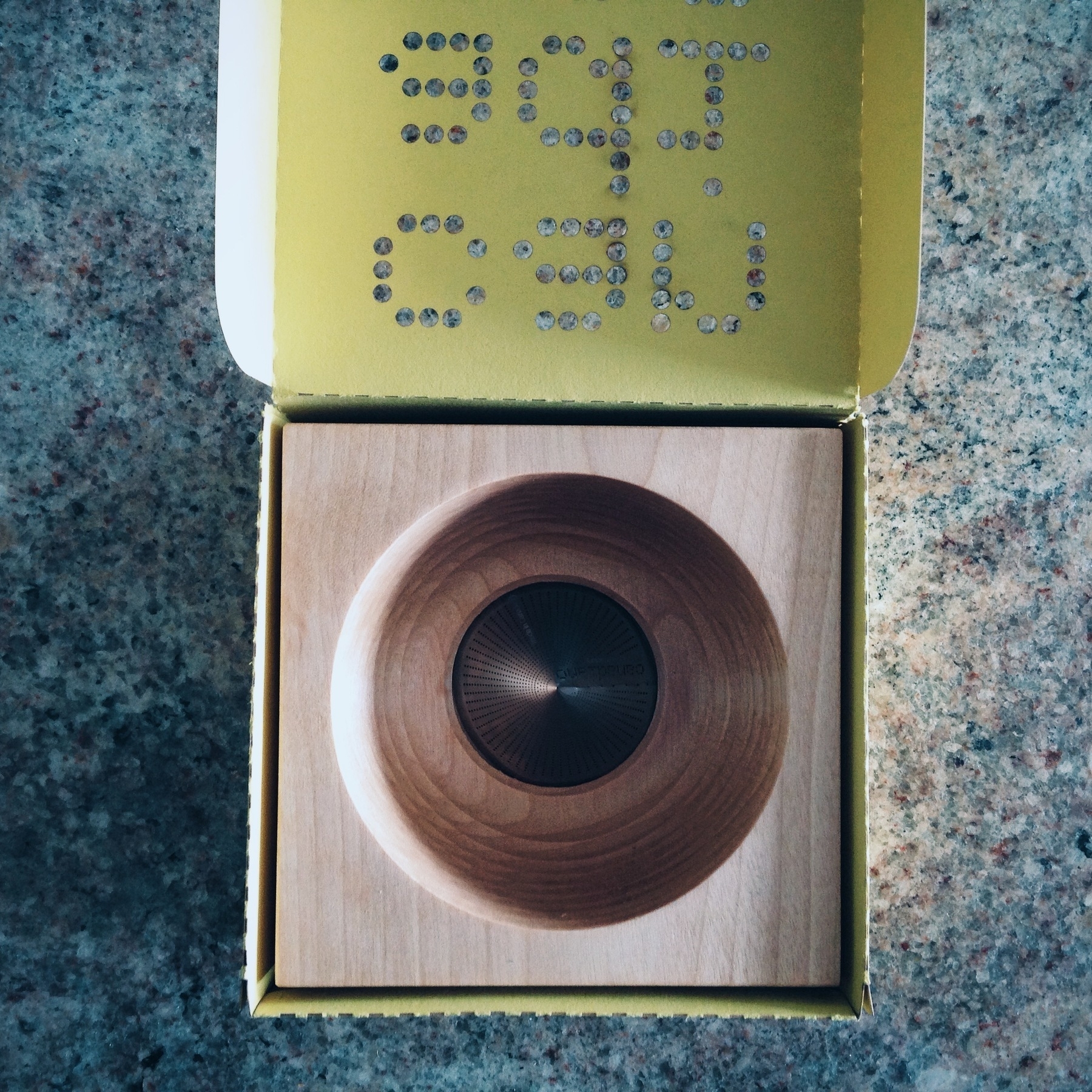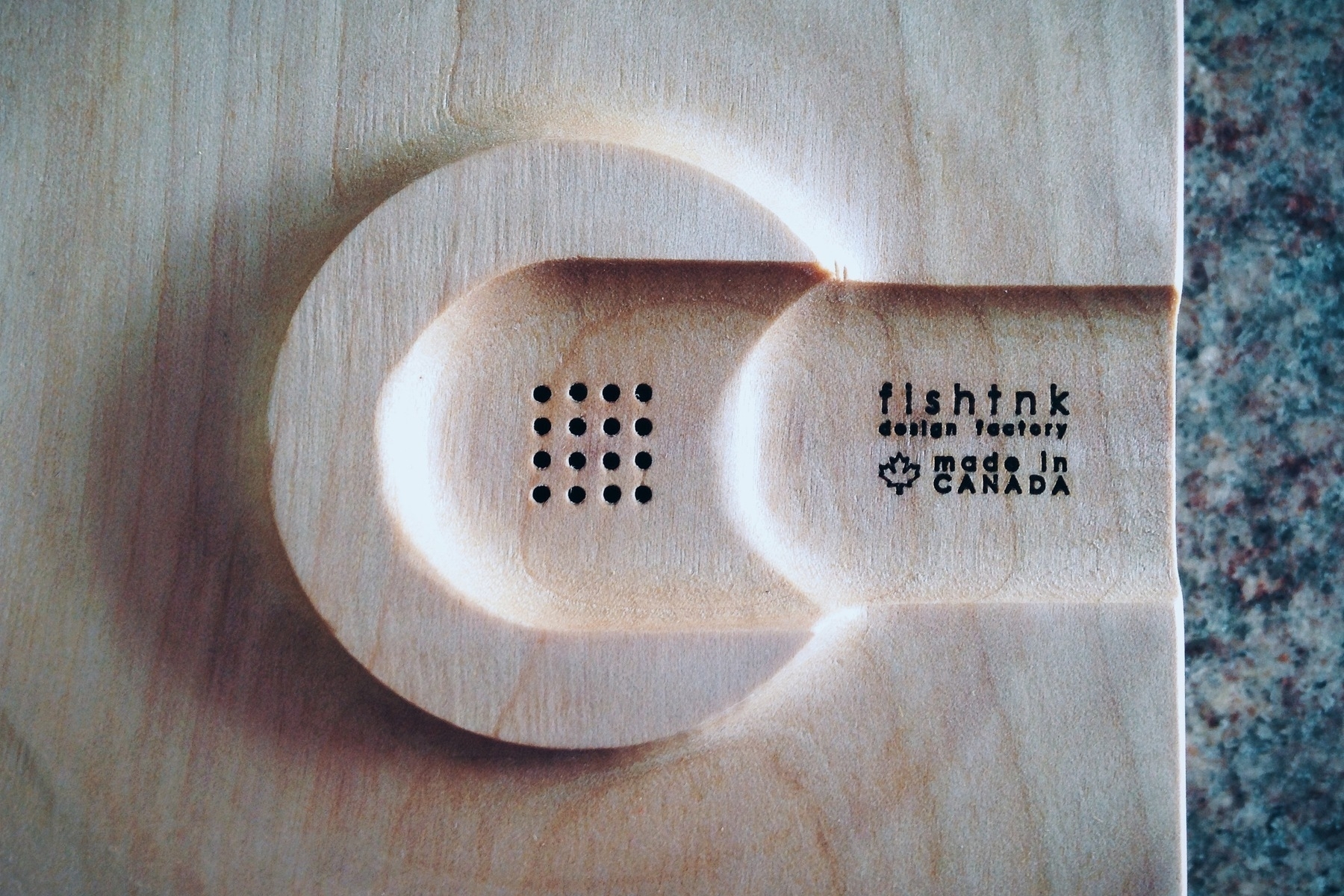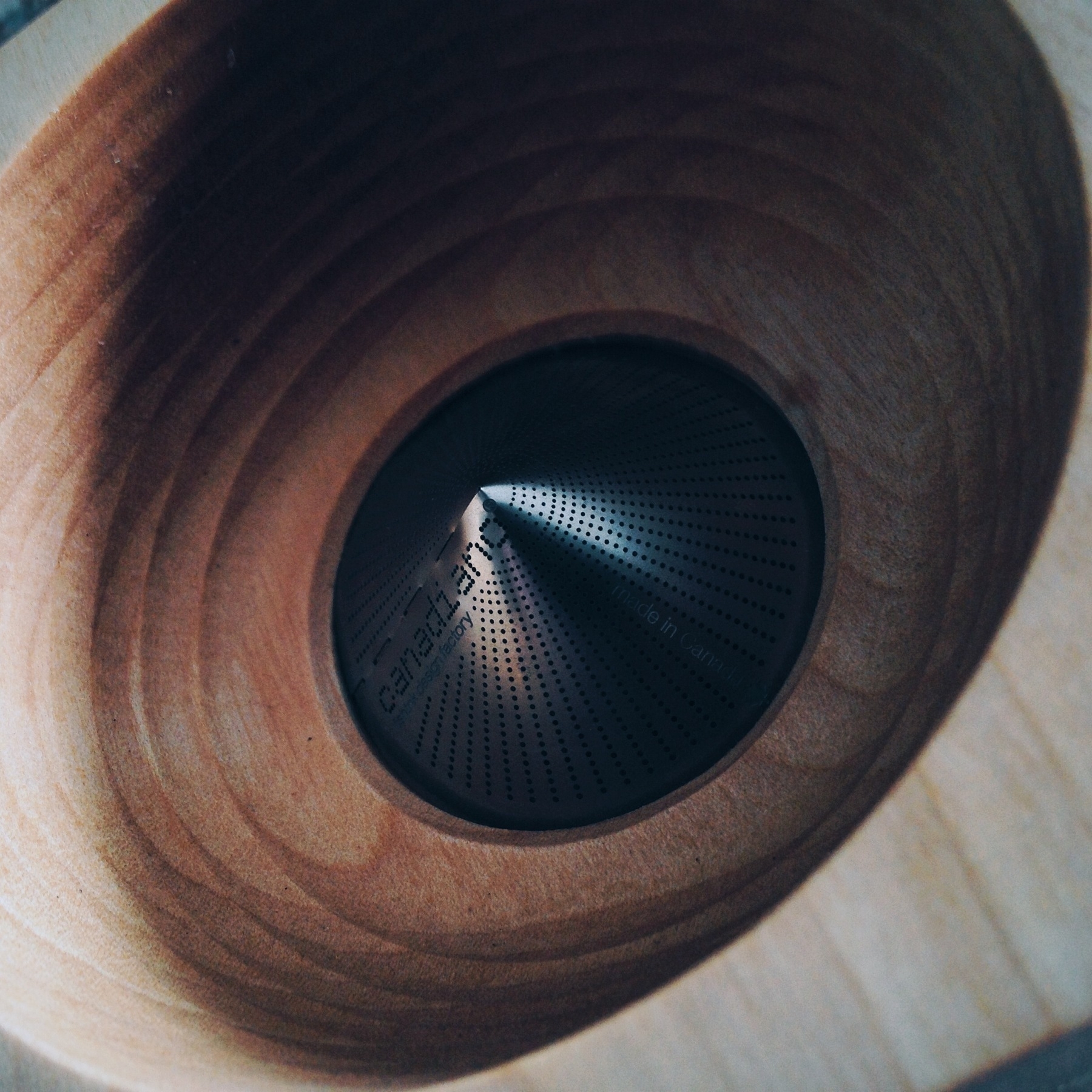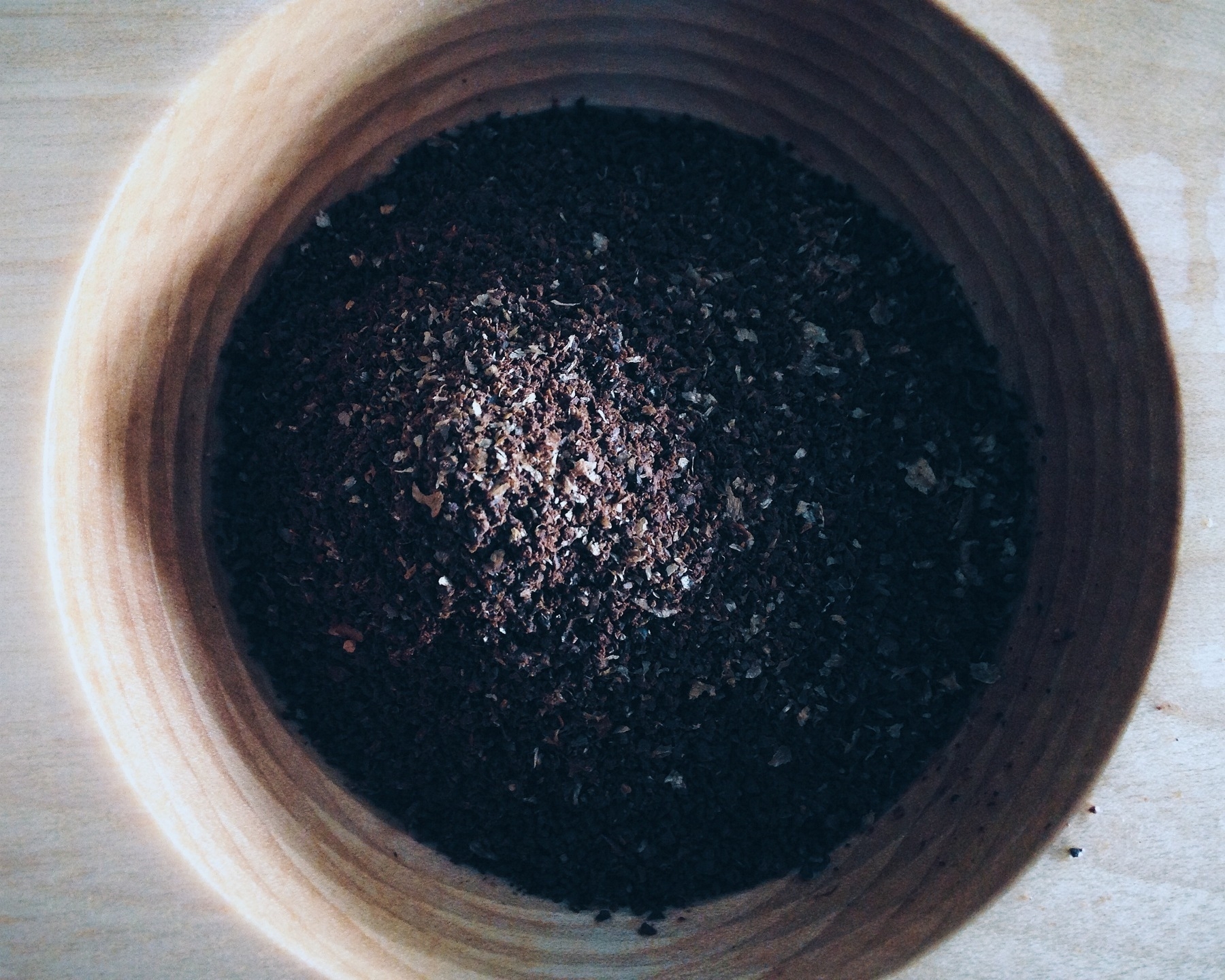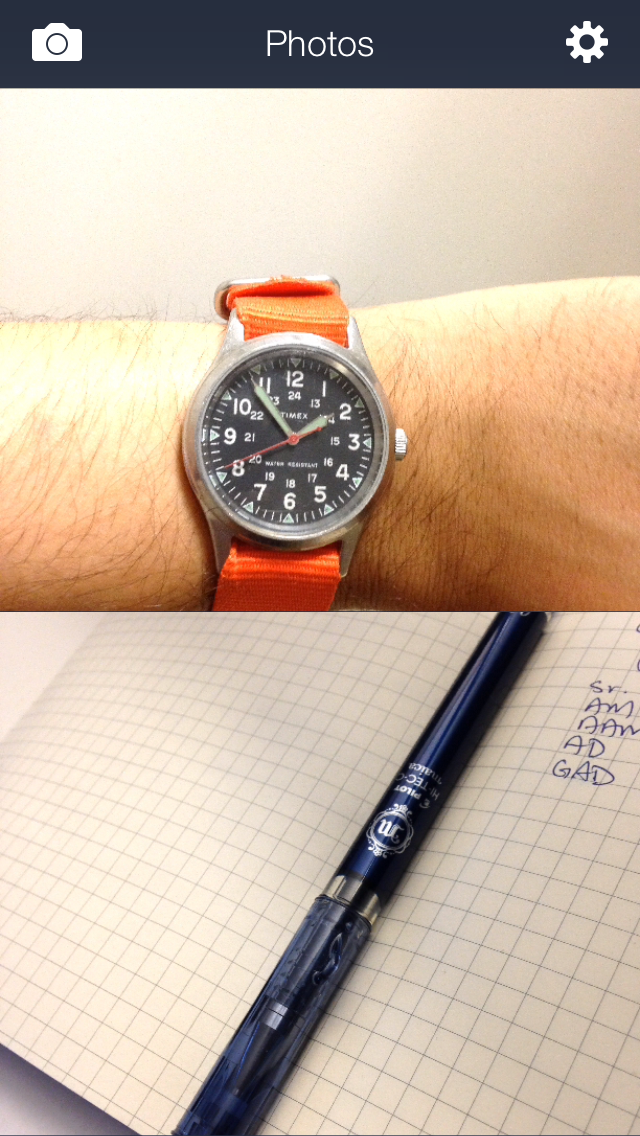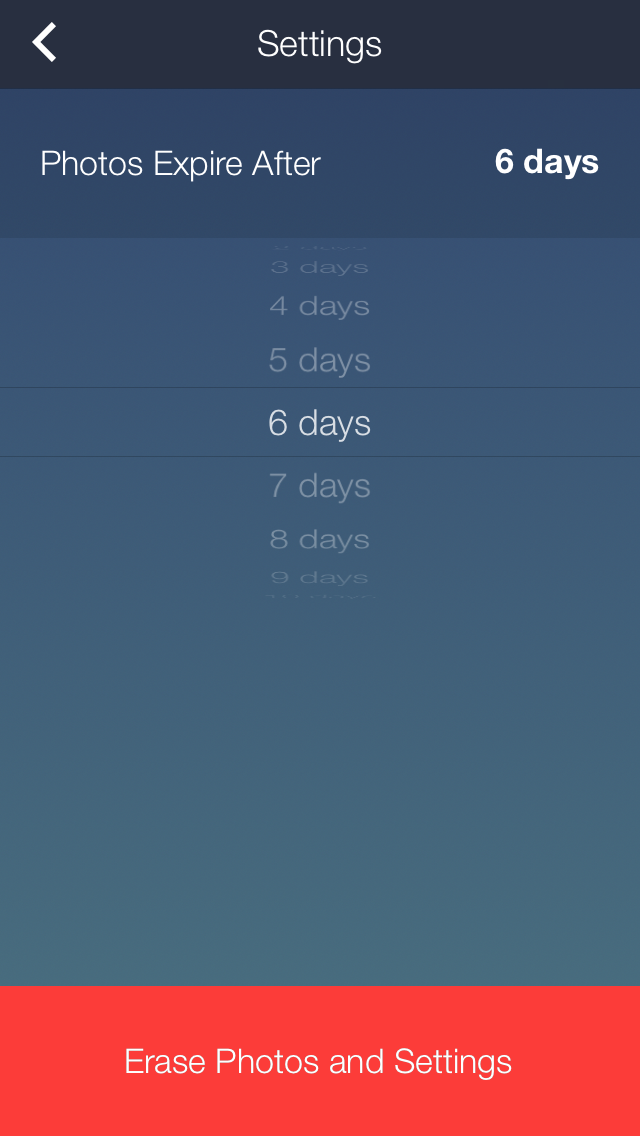The Hyper Key Solution for Mac
The beauty and efficiency of keyboard shortcuts has mostly eluded me. While I've memorized native application shortcuts, and created a few dozen automatic text replacements in System Preferences, I never went deep on customizations.
One fine day, I decided to try Keyboard Maestro, a much-loved automation application for macOS by the developer community. I didn't fully grasp everything it could do, but I started to see the depth of programming often-conducted behaviors or maneuvers in my day-to-day work stream. All without having to learn AppleScript or another programming language – understanding sequential boolean operations is all that's needed.
So I set up a few things that would help me establish processes like taking faster notes (foundational templates), open certain folders with hotkeys (to speed up file extraction/sharing), and do basic copy/paste work streams. More recently, I started seeing talk of this elusive "hyper key", which essentially is a way to map together all the modifier keys (command, option, control, and shift) as one holistic global key modifier. By doing this, it safeguards against interfering with other native applications' keyboard shortcuts and regular global modifiers. By virtualizing a hyper key, you get a fifth modifier key to rule over an entirely new set of shortcuts and automations. The trick is assigning this string of keys to a single key not currently in use.
Given that the F-keys are tricky to string together in a physical stroke due to their location on the keyboard (and harder still if you have a MacBook Pro with the Touch Bar), the obvious key to employ is the under-used Caps Lock. It's surprising this key still makes its way onto every keyboard layout – aside from easing the typing of serial numbers, legal agreements, and maybe labeling diagrams, it seems entirely anachronistic. I did some Internet sleuthing, and arrived at a number of ways to deactivate the Caps Lock key's primary operation and remap its usage. Upon perusing said search results, there are quite a few others out there who not only thought the same thing, but have built a myriad of instructions and even apps to accomplish this.
The Hyperkey App - a Review of Sorts
If you don't want to screw around with the more technical elements of this remapping operation, I suggest giving Ryan Hanson's App, Hyperkey, a try. He charges $5 for it, and makes a compelling argument that it might just be easier to have a simple method for remapping Caps Lock instead of the lengthier process of downloading Karabiner-Elements (albeit a more expansive keyboard customizer for macOS):
My goal with Hyperkey is to maximize a human performance gain while minimizing configuration and OS impact. Despite pre-existing solutions to this problem, I still can’t help but gravitate toward Hyperkey and this goal. This app has also been an initial testing ground for two ideas: Swiping one touch from the trackpad edge as a key press, and finding the simplest ways to remap keys.
Since I wanted to go the simple route, and use it with my already-paid for Keyboard Maestro, I threw five bucks at the situation.
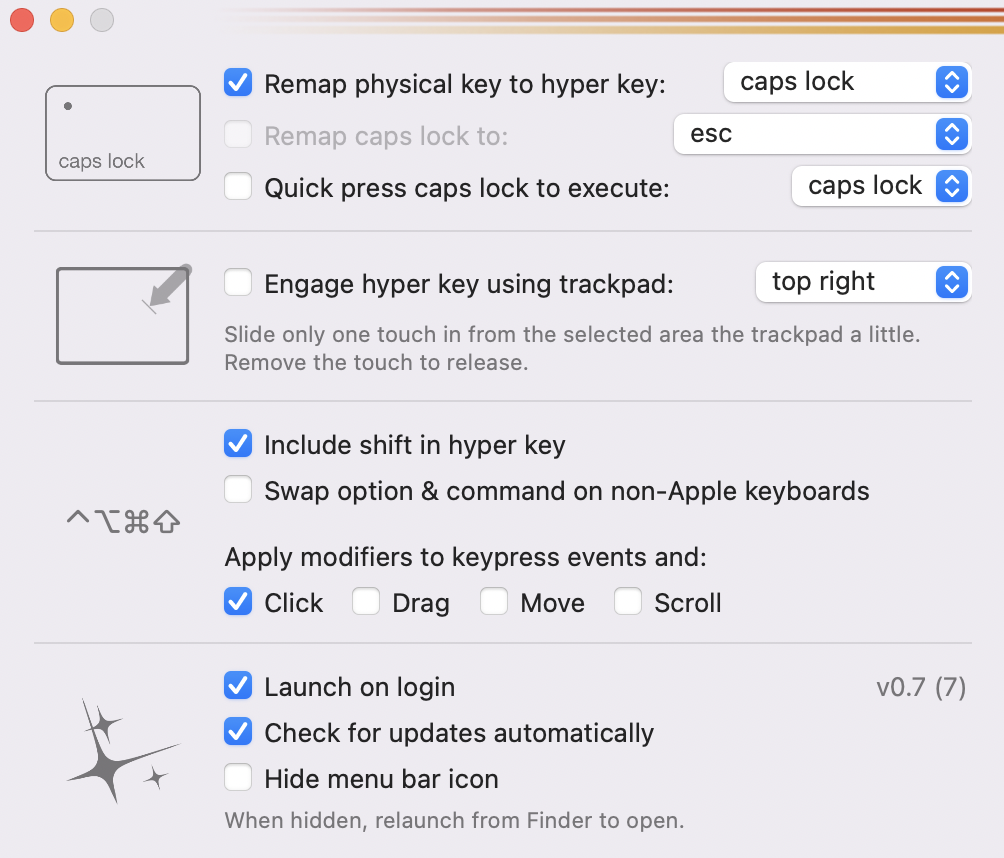
Good thing, because it works phenomenally well. I've already built what many will likely find basic operations with the hyperkey, but have tremendously streamlined getting going with work in the morning and getting work out of the way for the evening and weekends, including:
- Setting Amphetamine to a session duration to kick-start the day
- Opening work-related apps in the morning in my Desktop 1 Space (work) environment, like Outlook, Teams, Notes/Bear, work-specific browser, etc.
- Closing work-related apps and shifting the view to Desktop 2 (personal Space)
- Note-related templates that automate day/time and setup sectional structure for attendees, scratchpad, to-dos, etc.
I'm sure several more ideas will come to me, but even these in their simplest form, have been huge time-savers.
And while I haven't figured out a good use-case for this other option the developer included, it's worth noting:
...the checkbox for swapping option & command for non-Apple keyboards. This is actually the one other item that I have desired out of a key remapper, since the built-in macOS functionality is frustratingly laggy on one of my Microsoft external keyboards every time my mac wakes. I couldn’t help but add this in.
If you want to easily make much better use of the Caps Lock key, Hyperkey is a great gateway into allowing for a super-modifier key to pair with other more robust keystroke automation software. Who knows, maybe it'll work with the new Mac Shortcuts coming in macOS Monterey, too.
